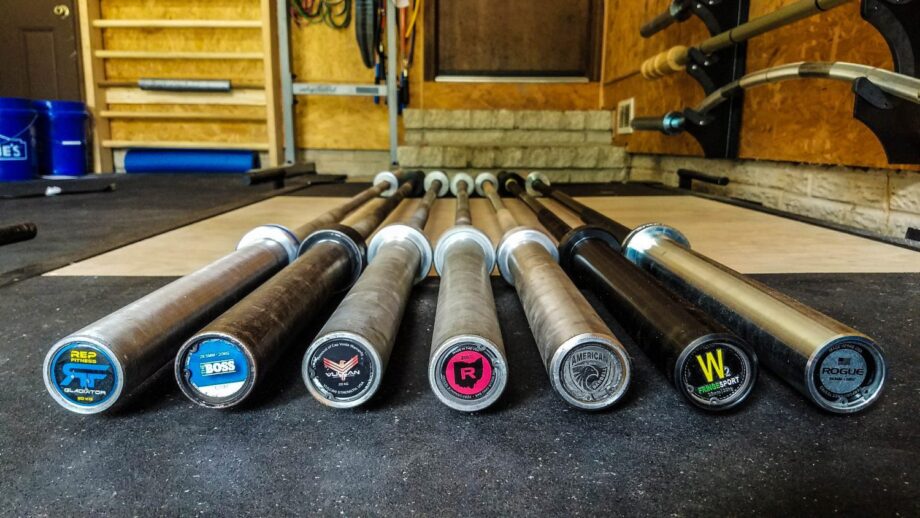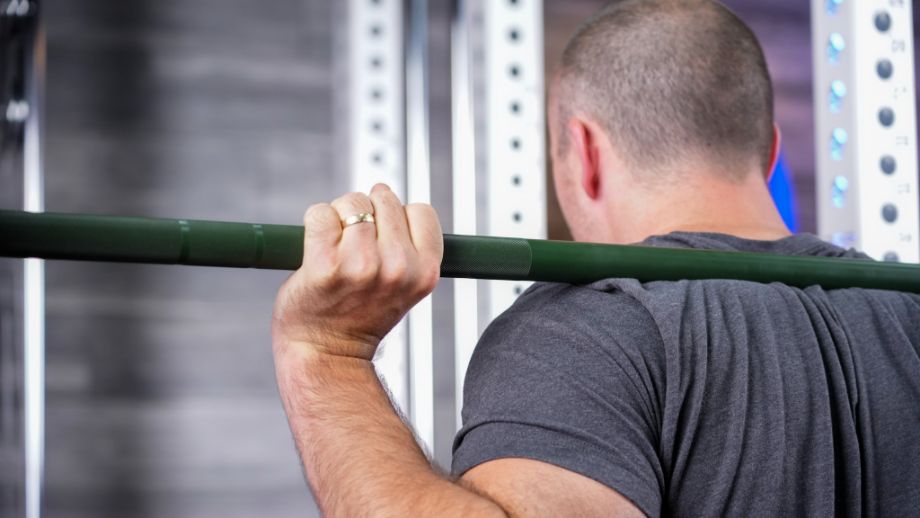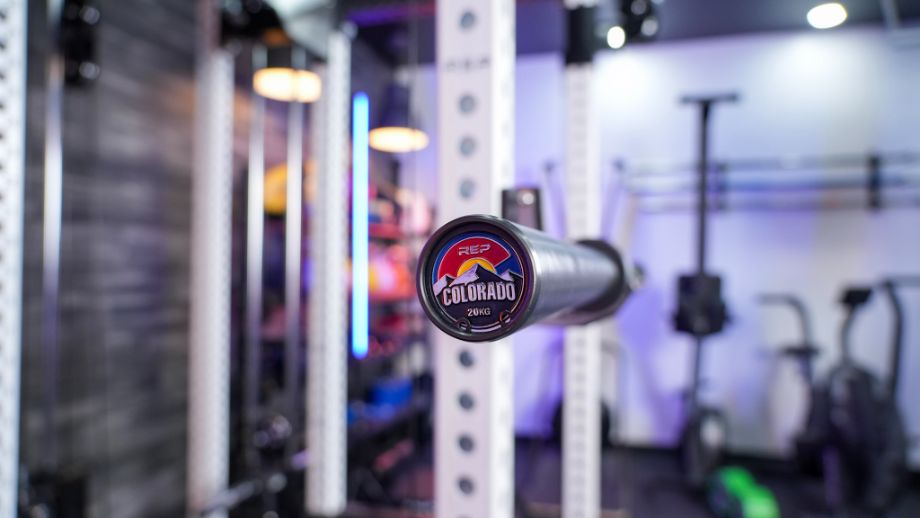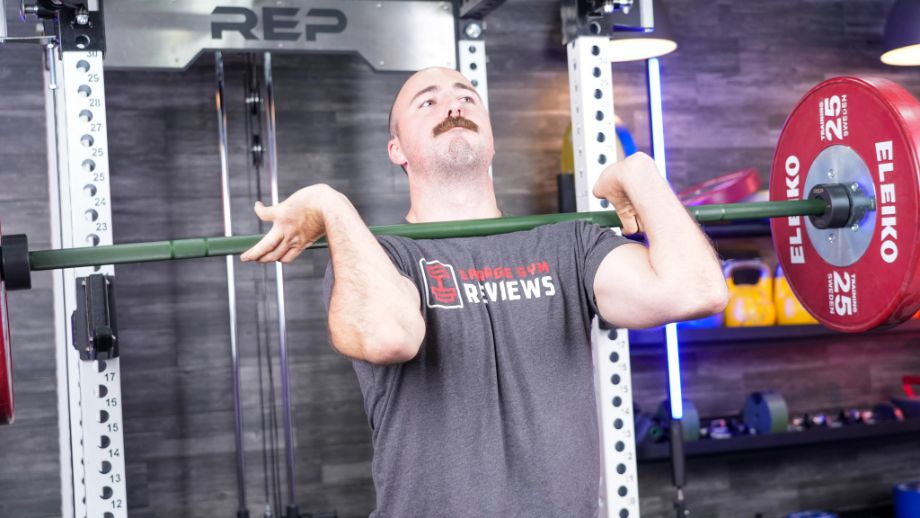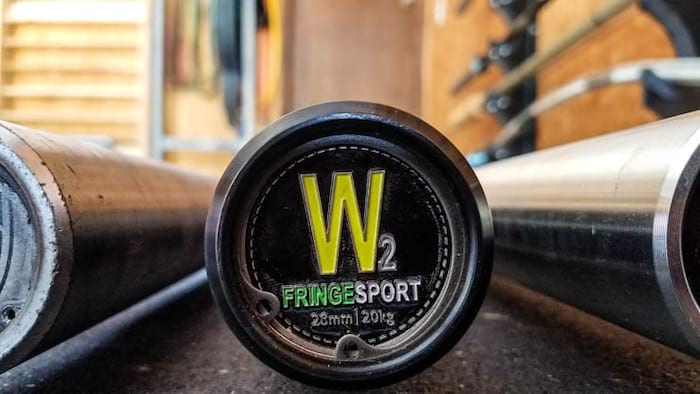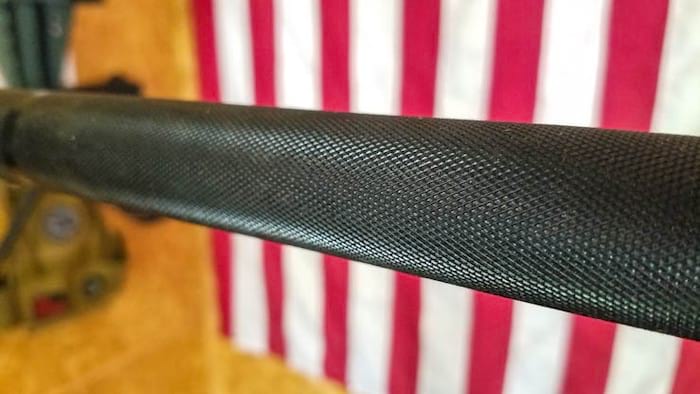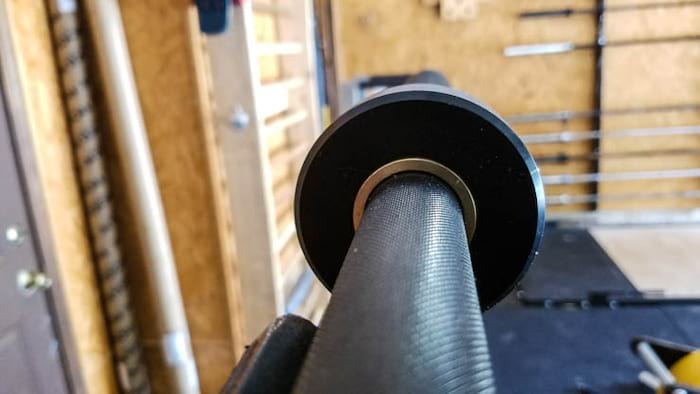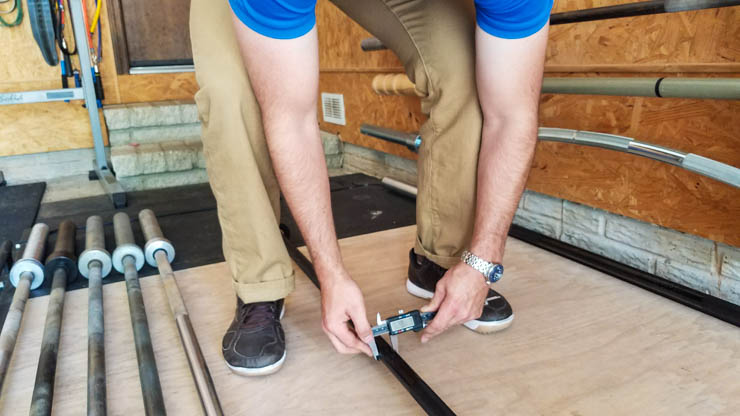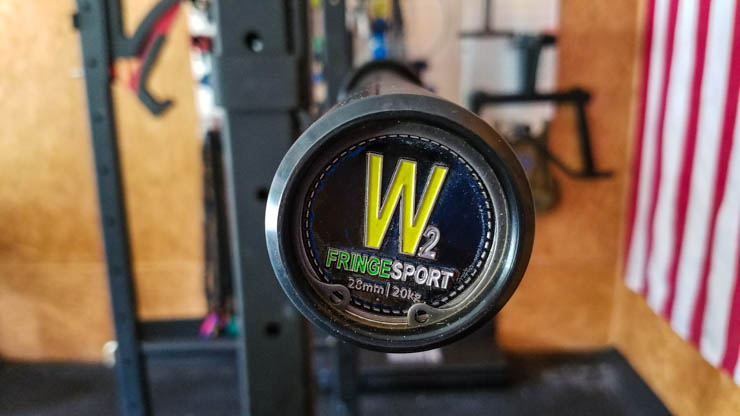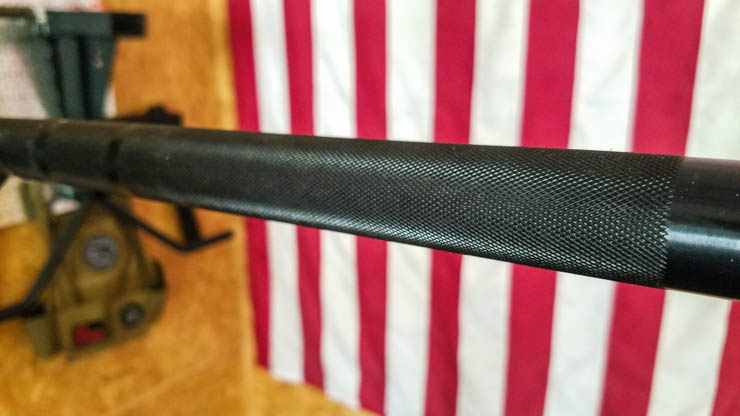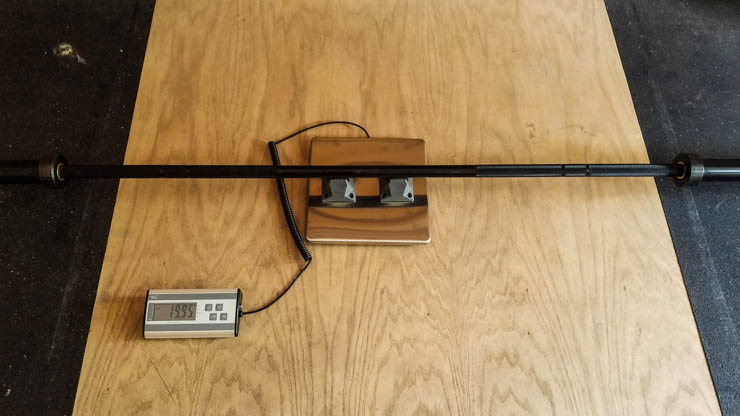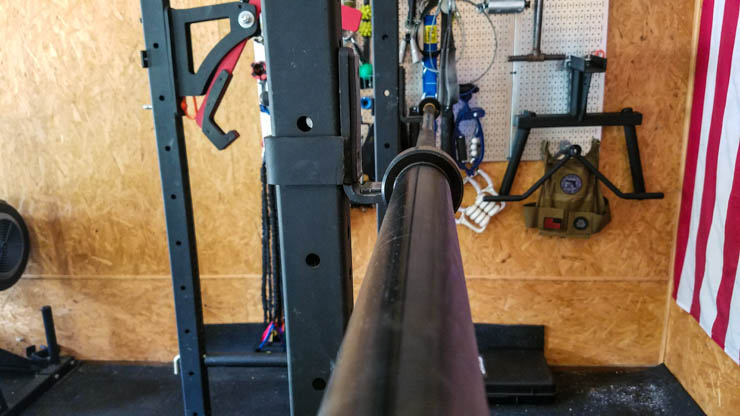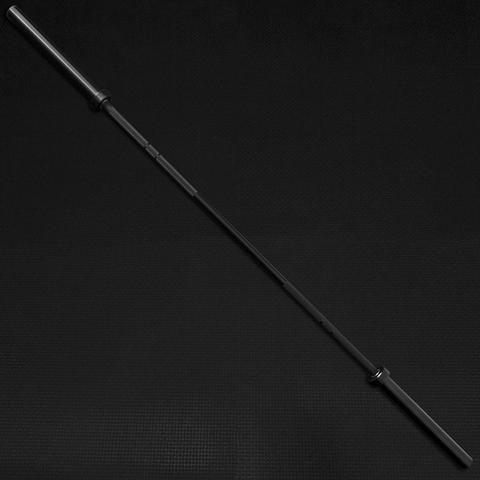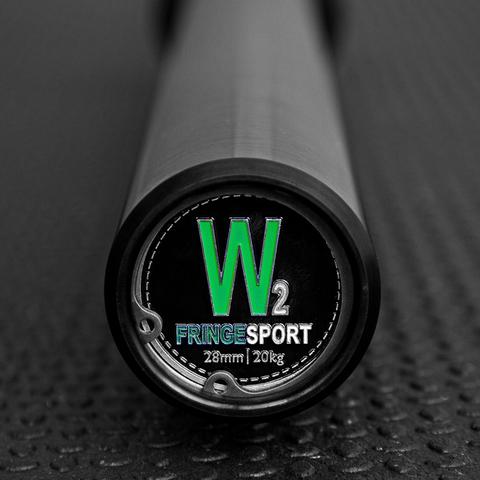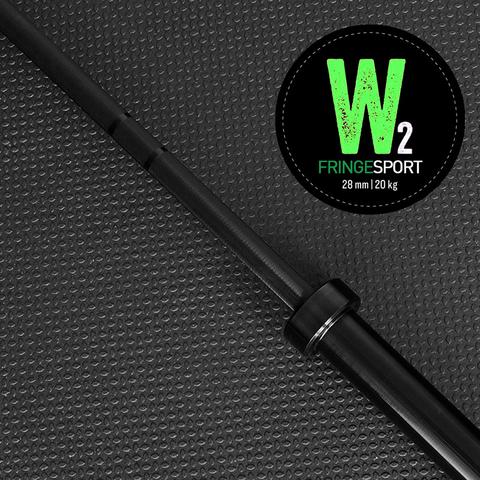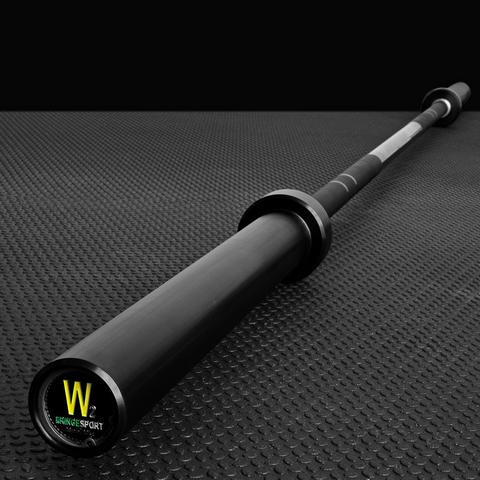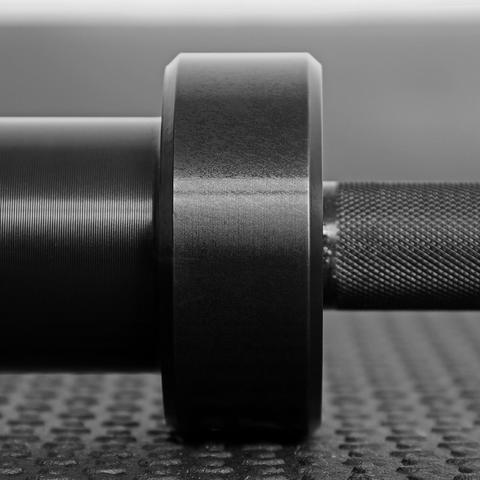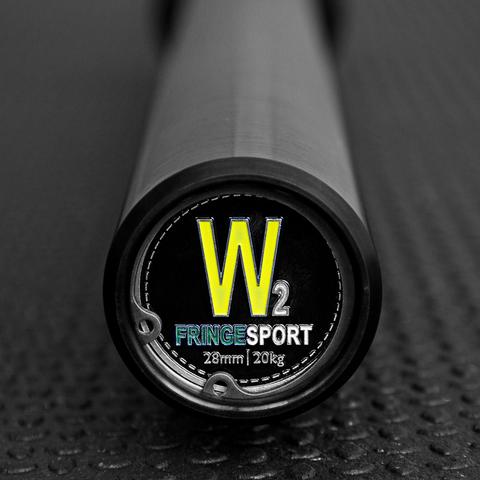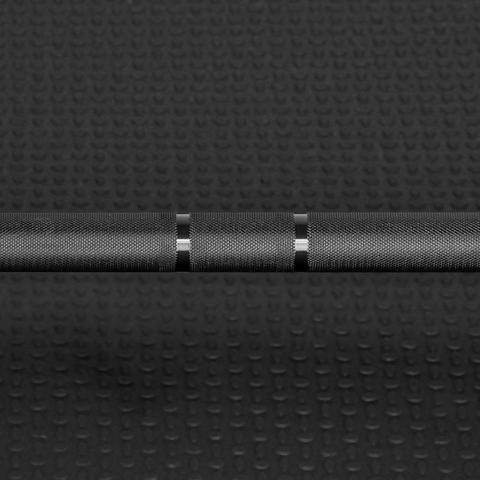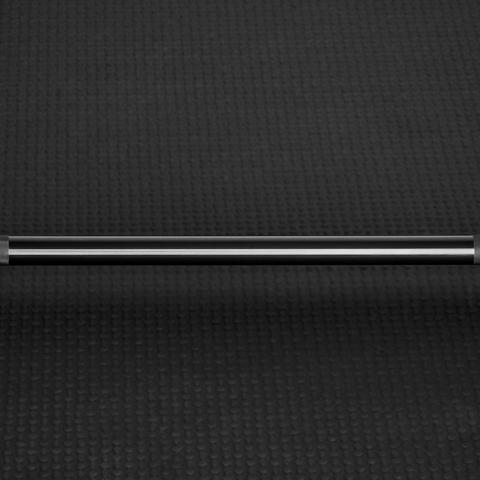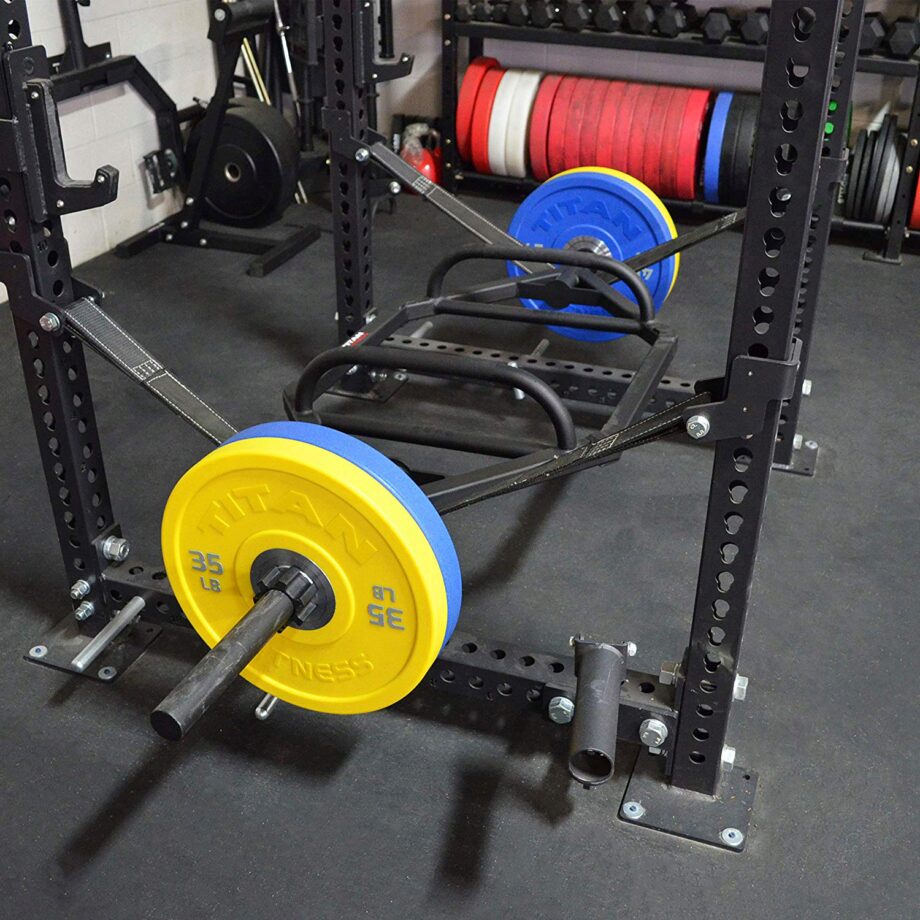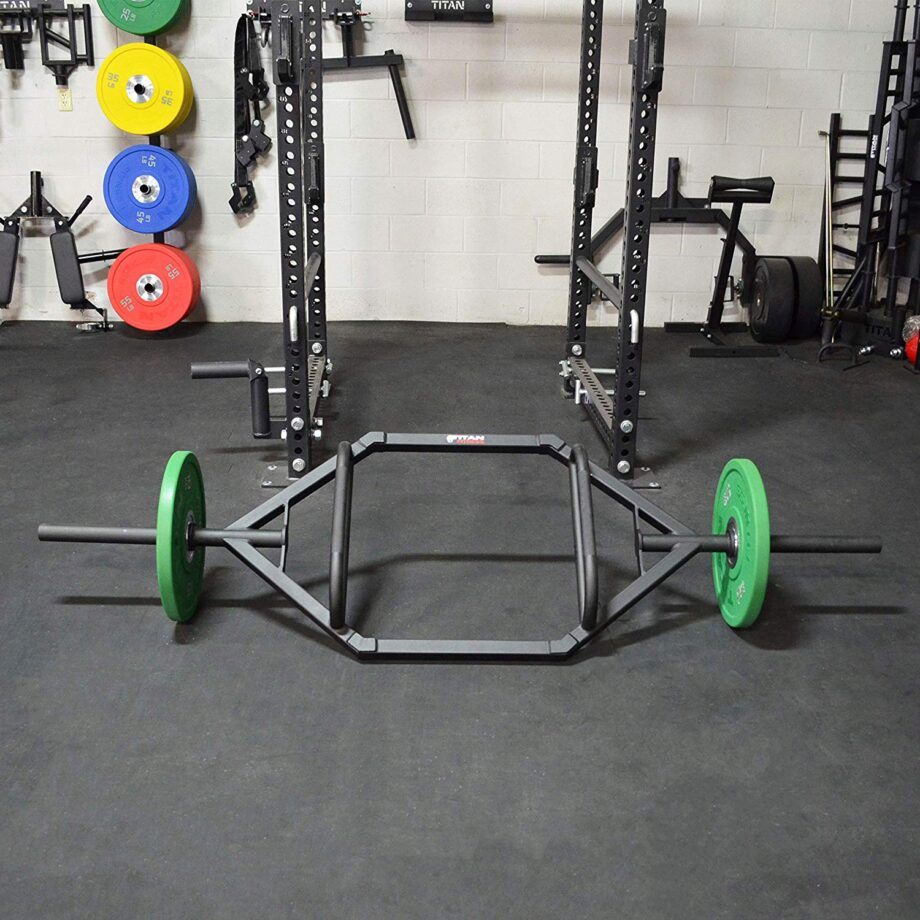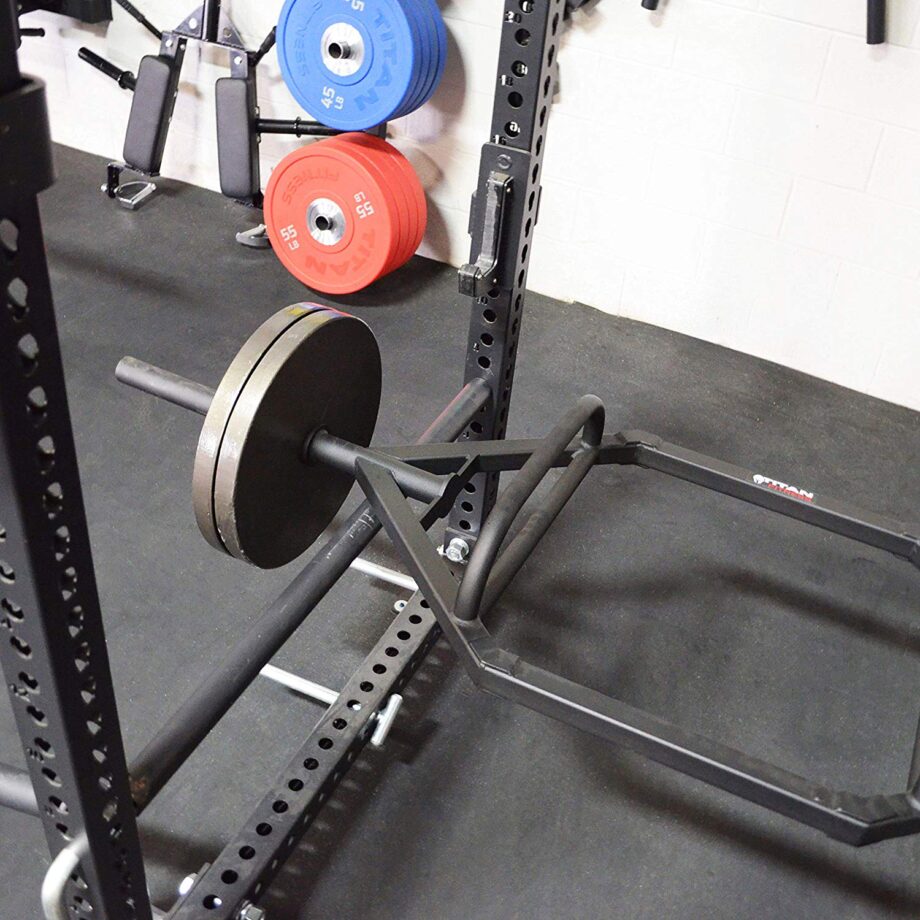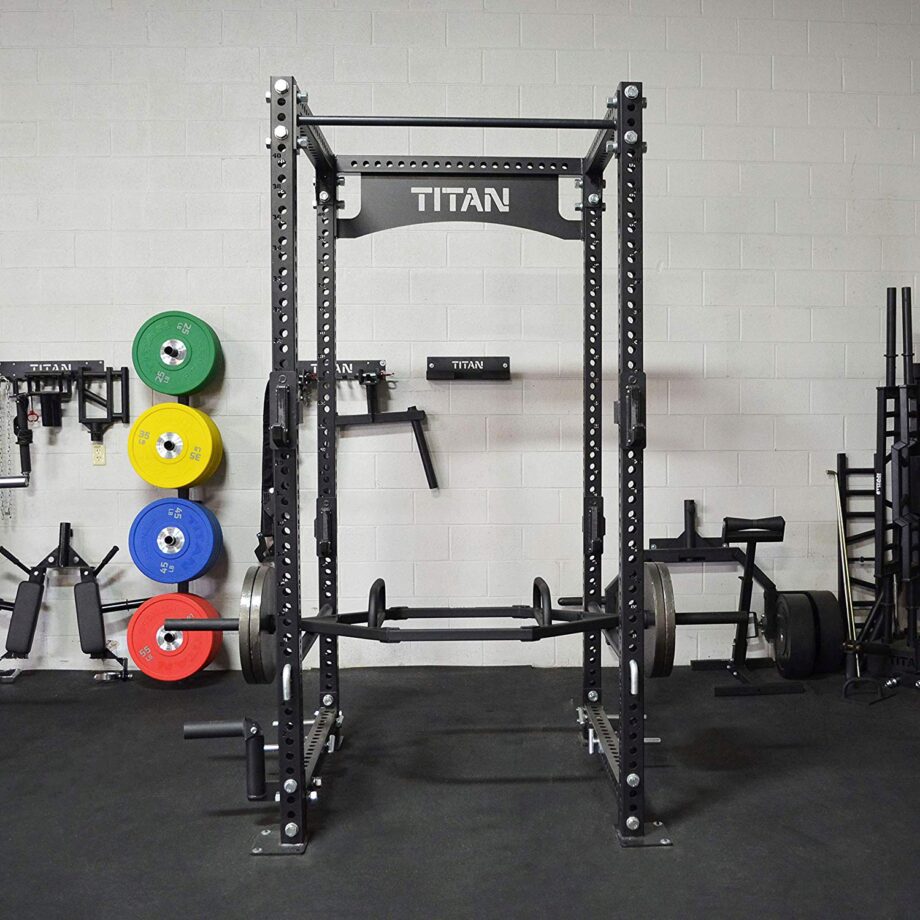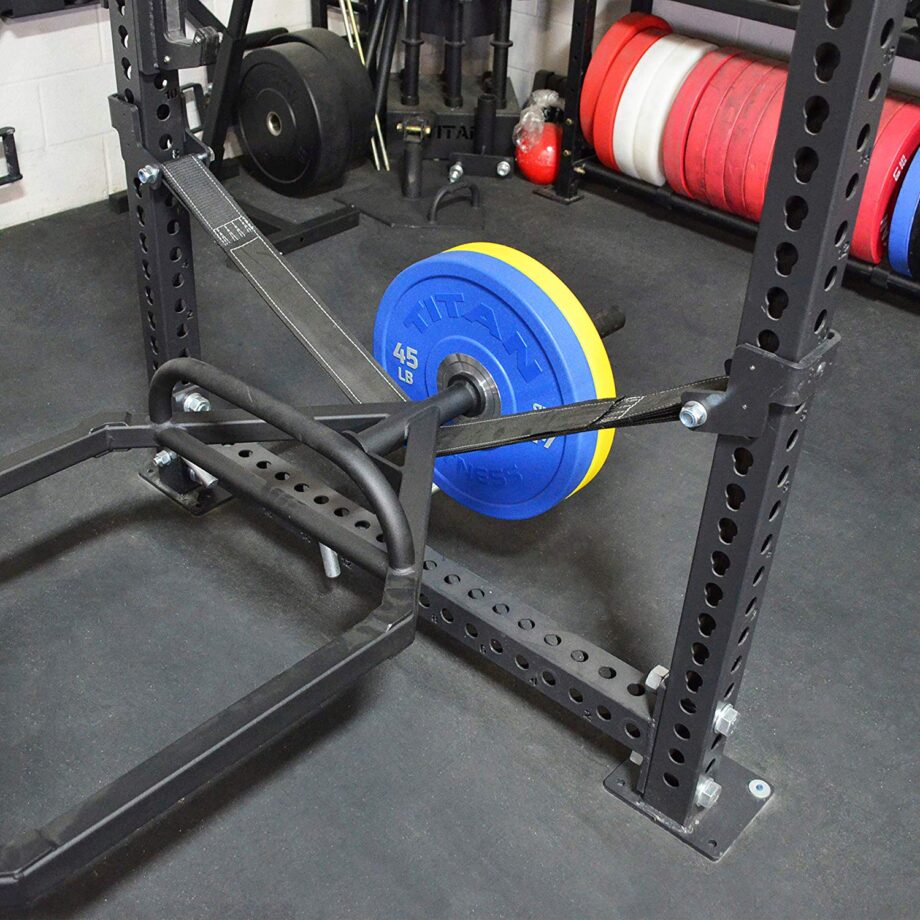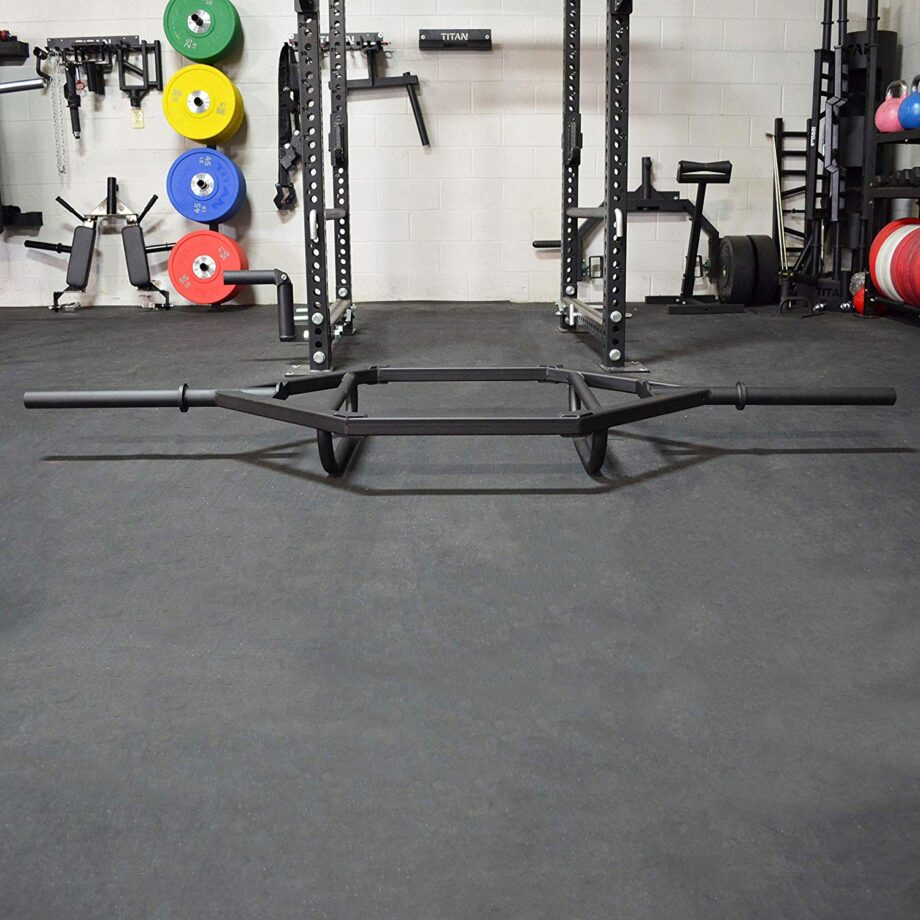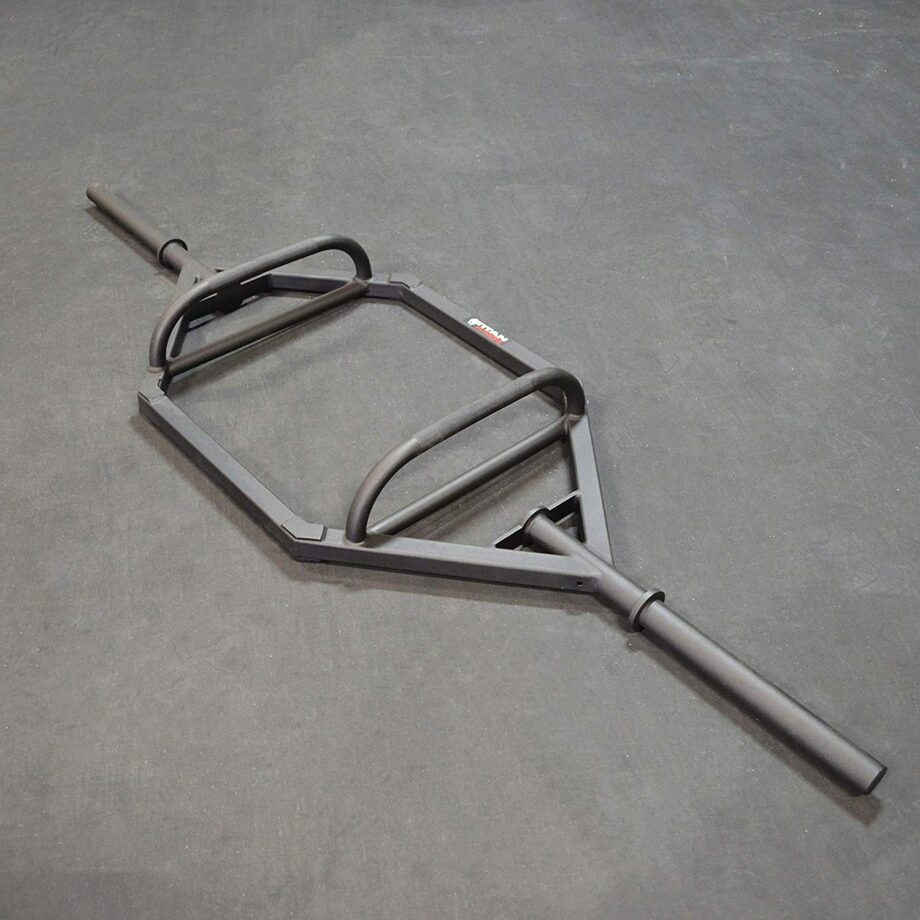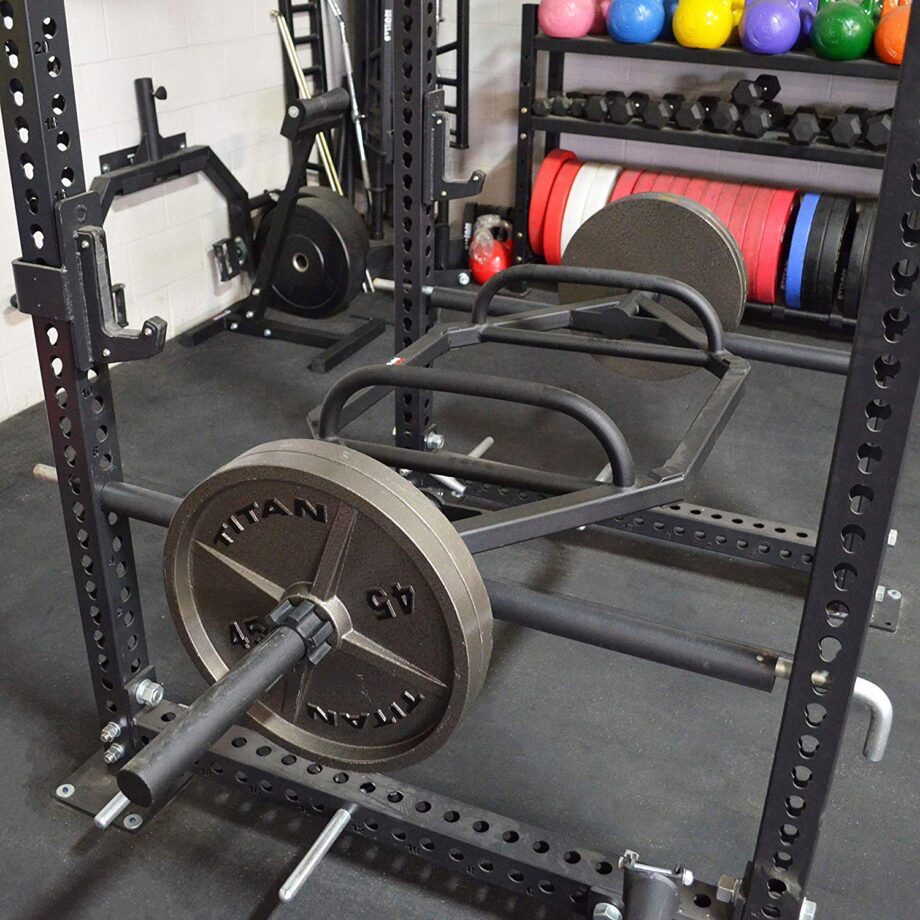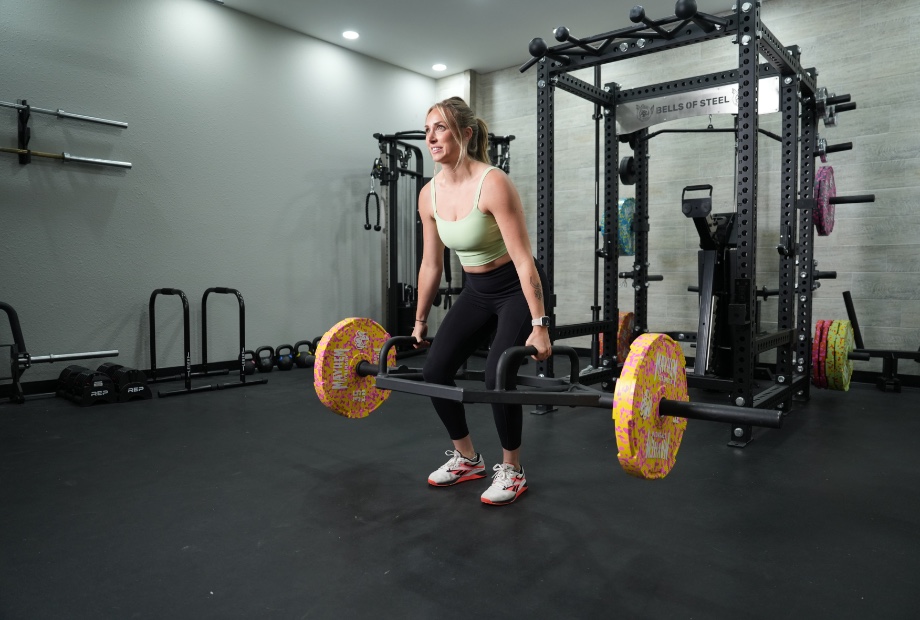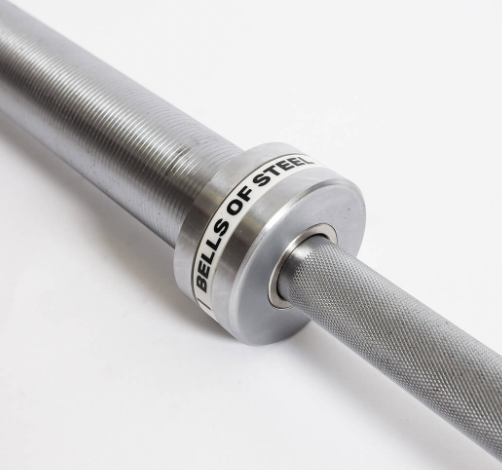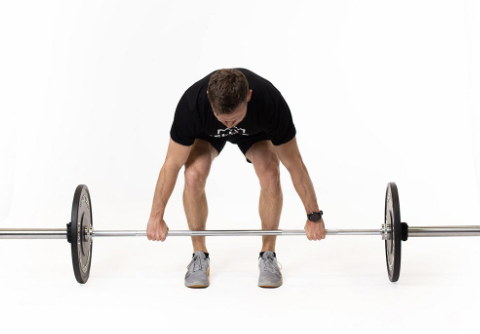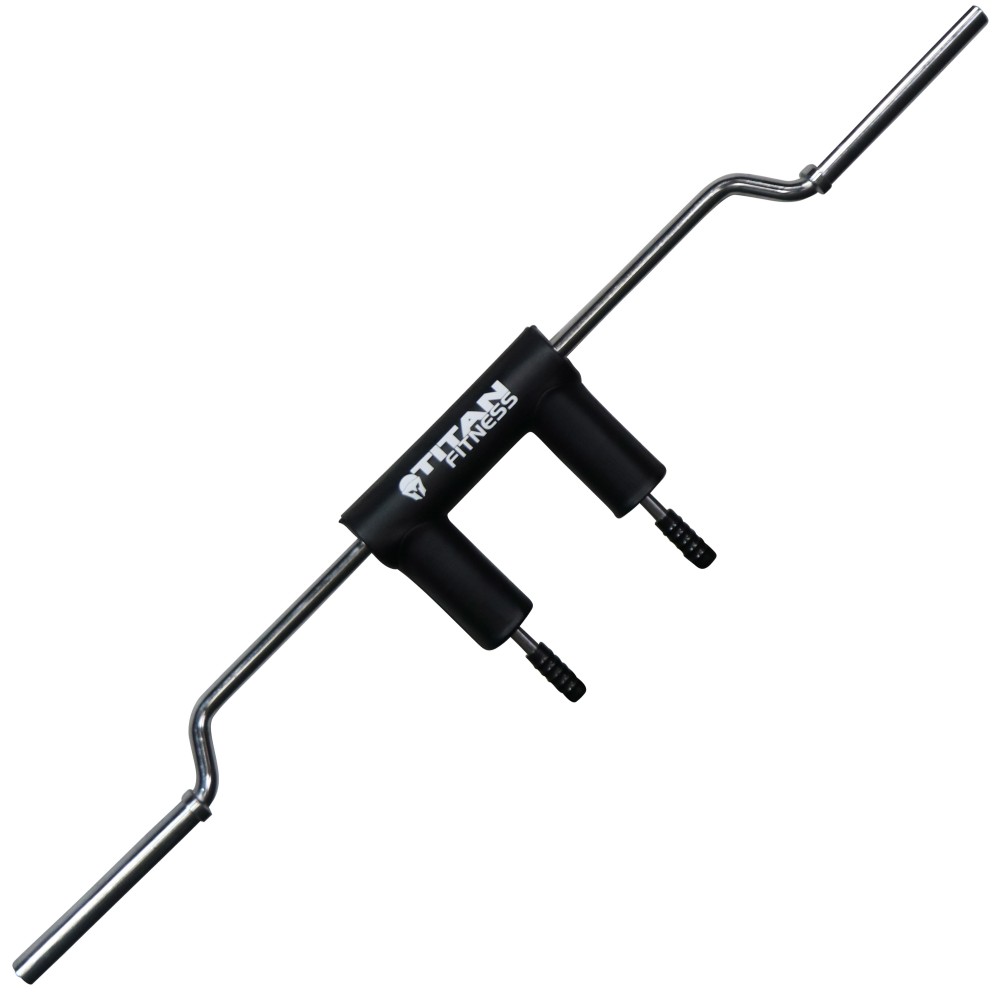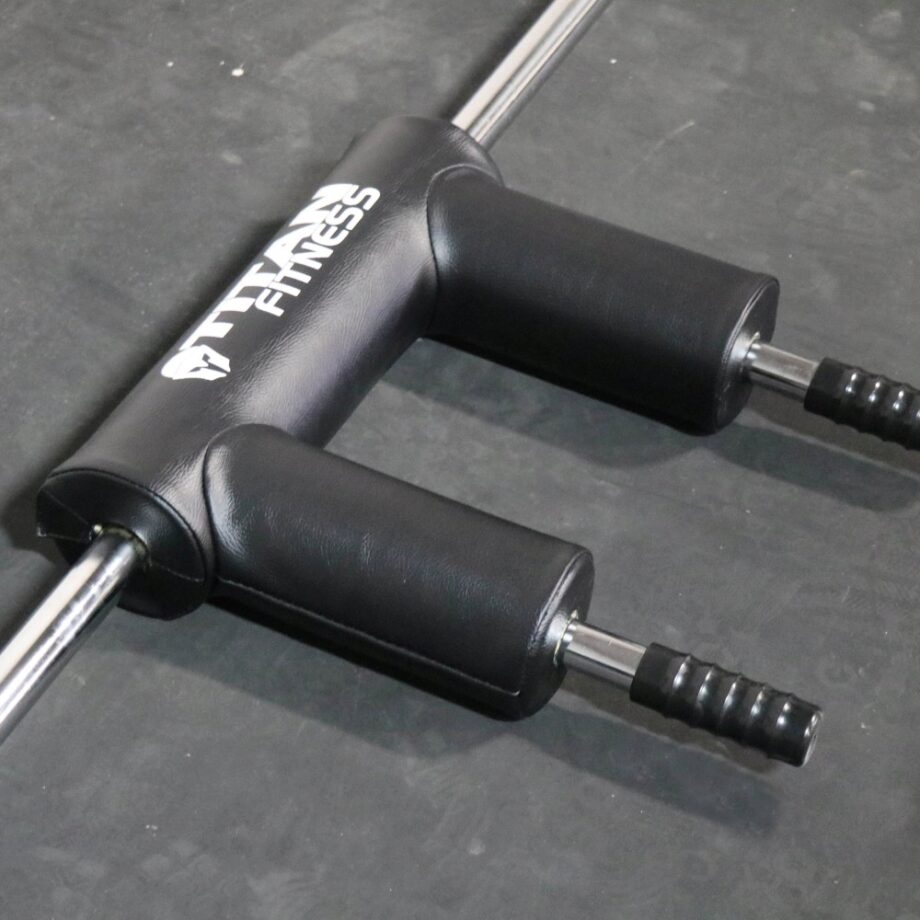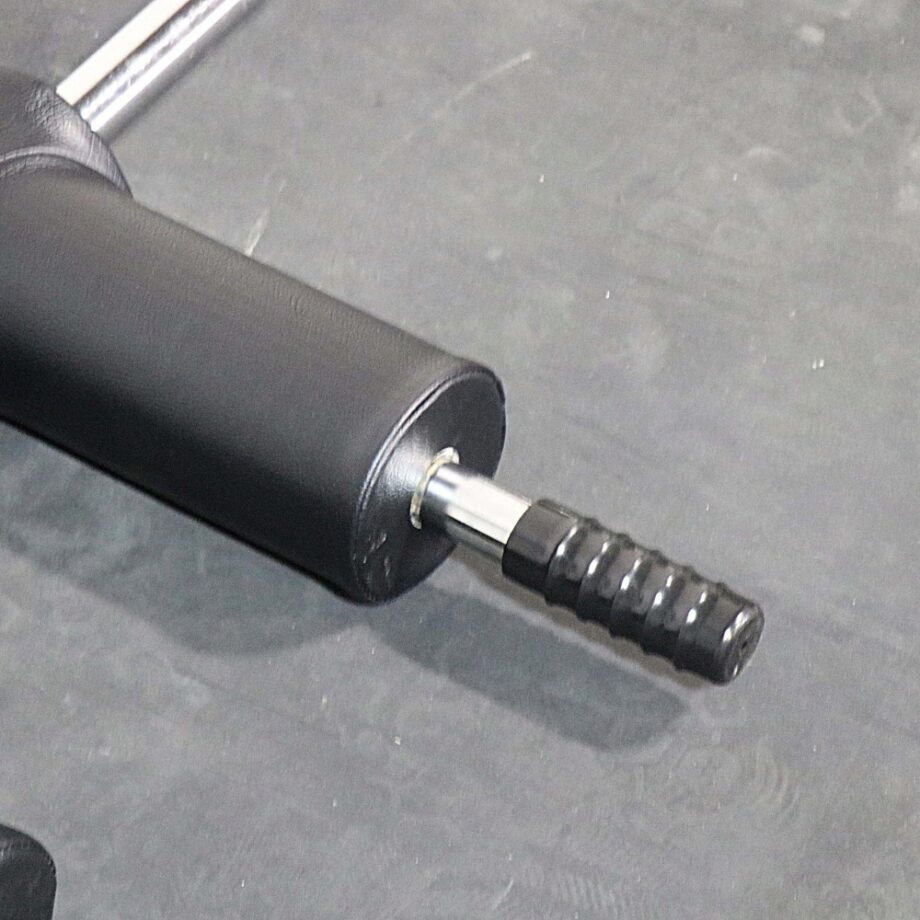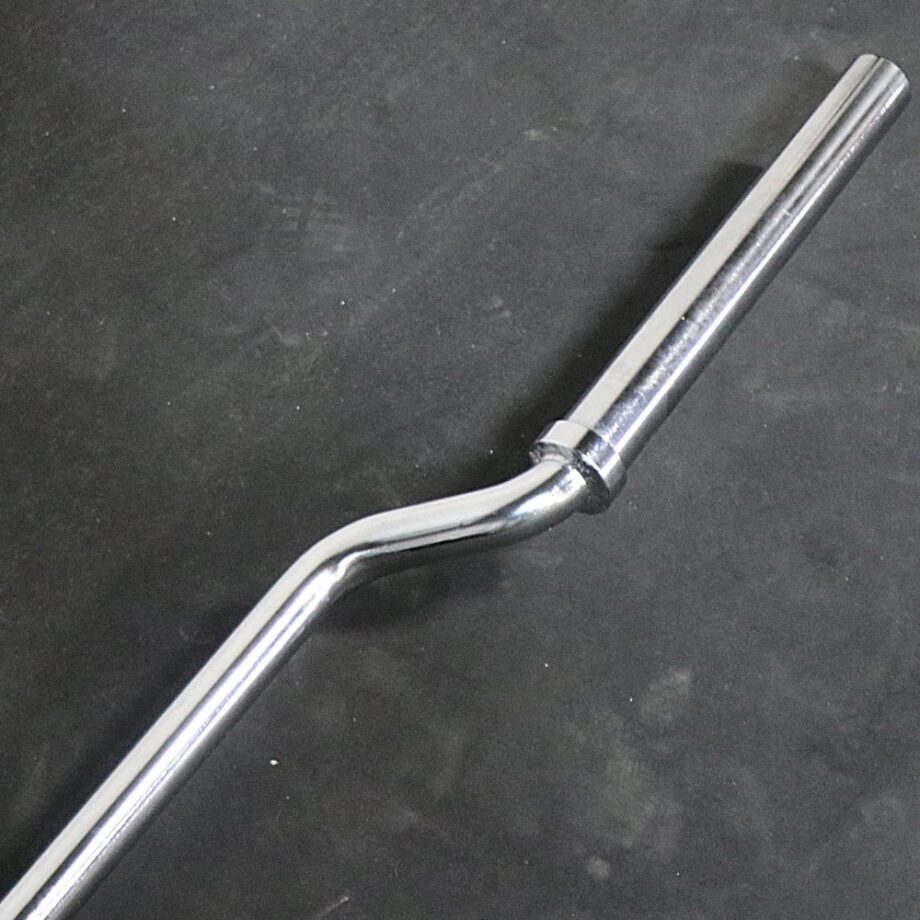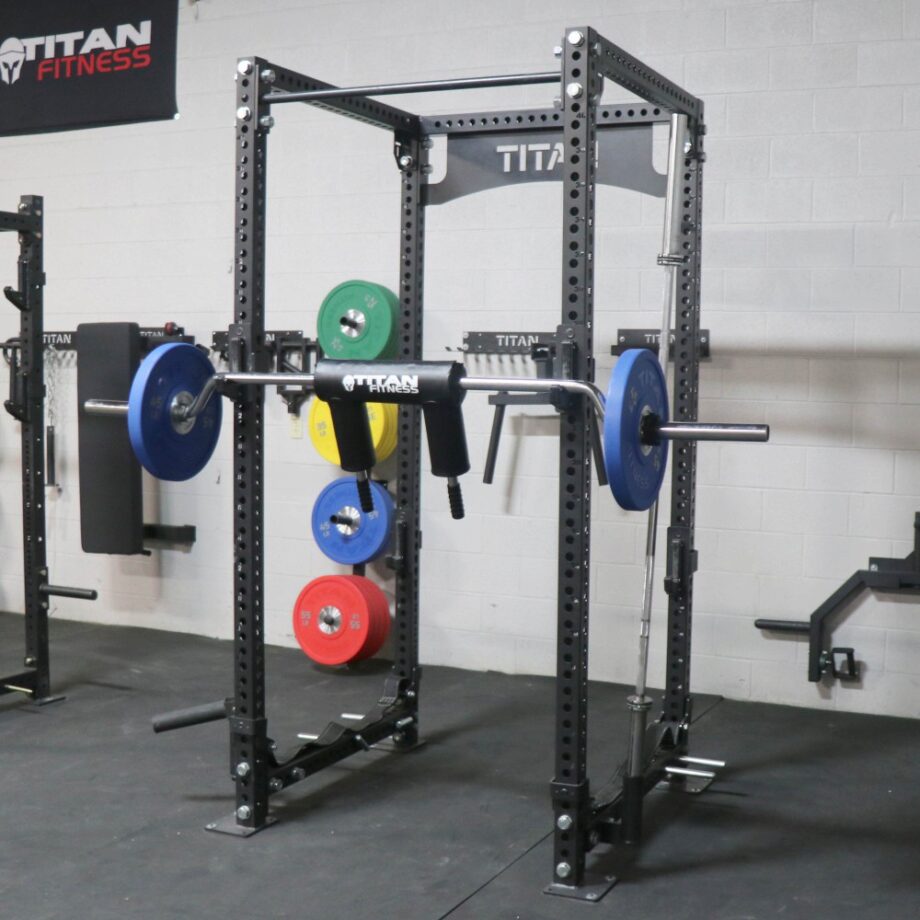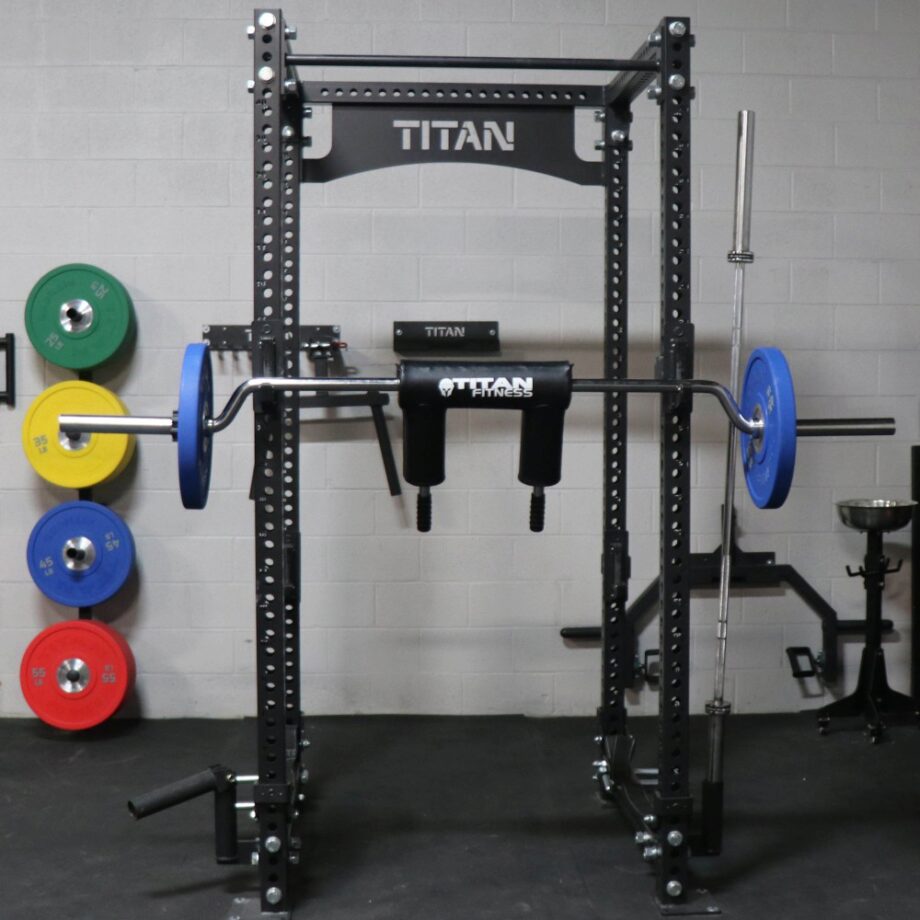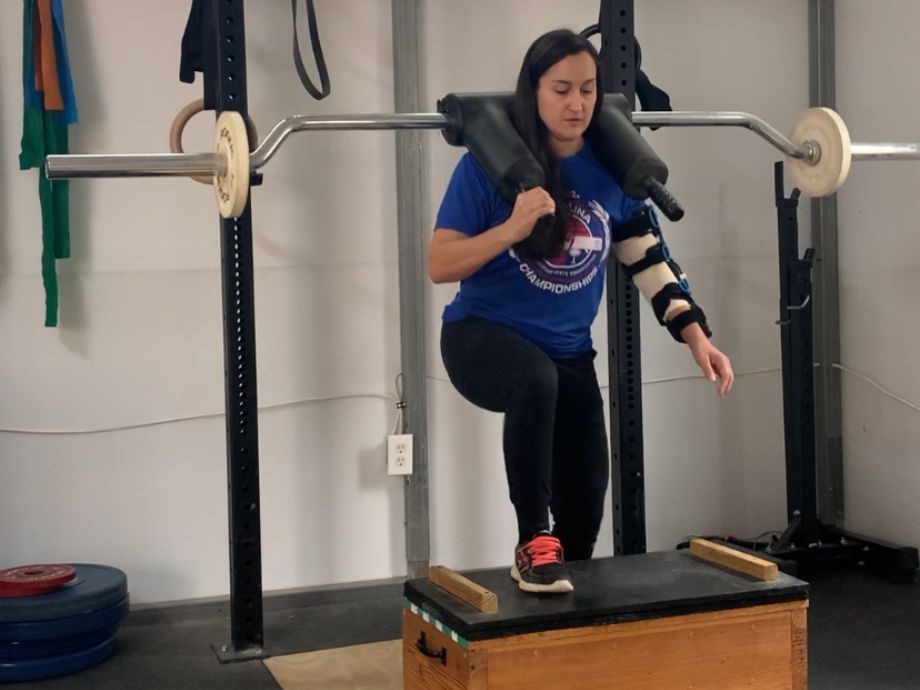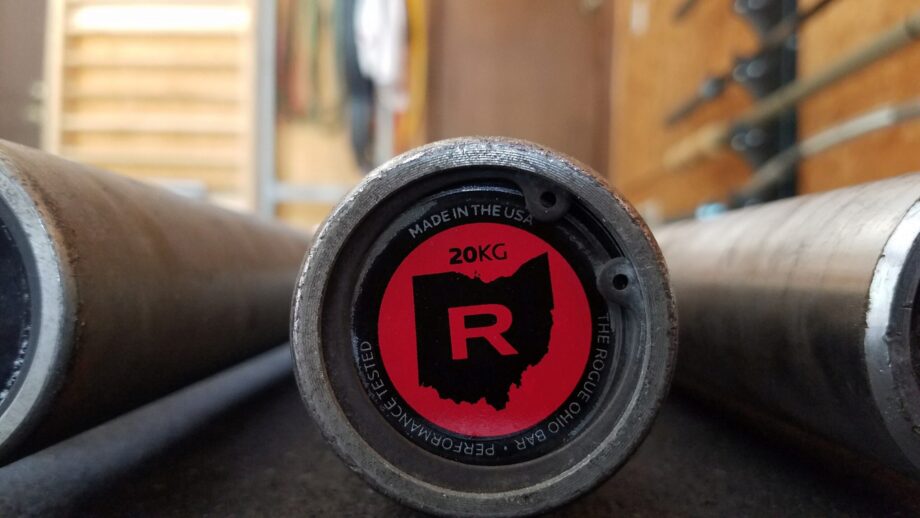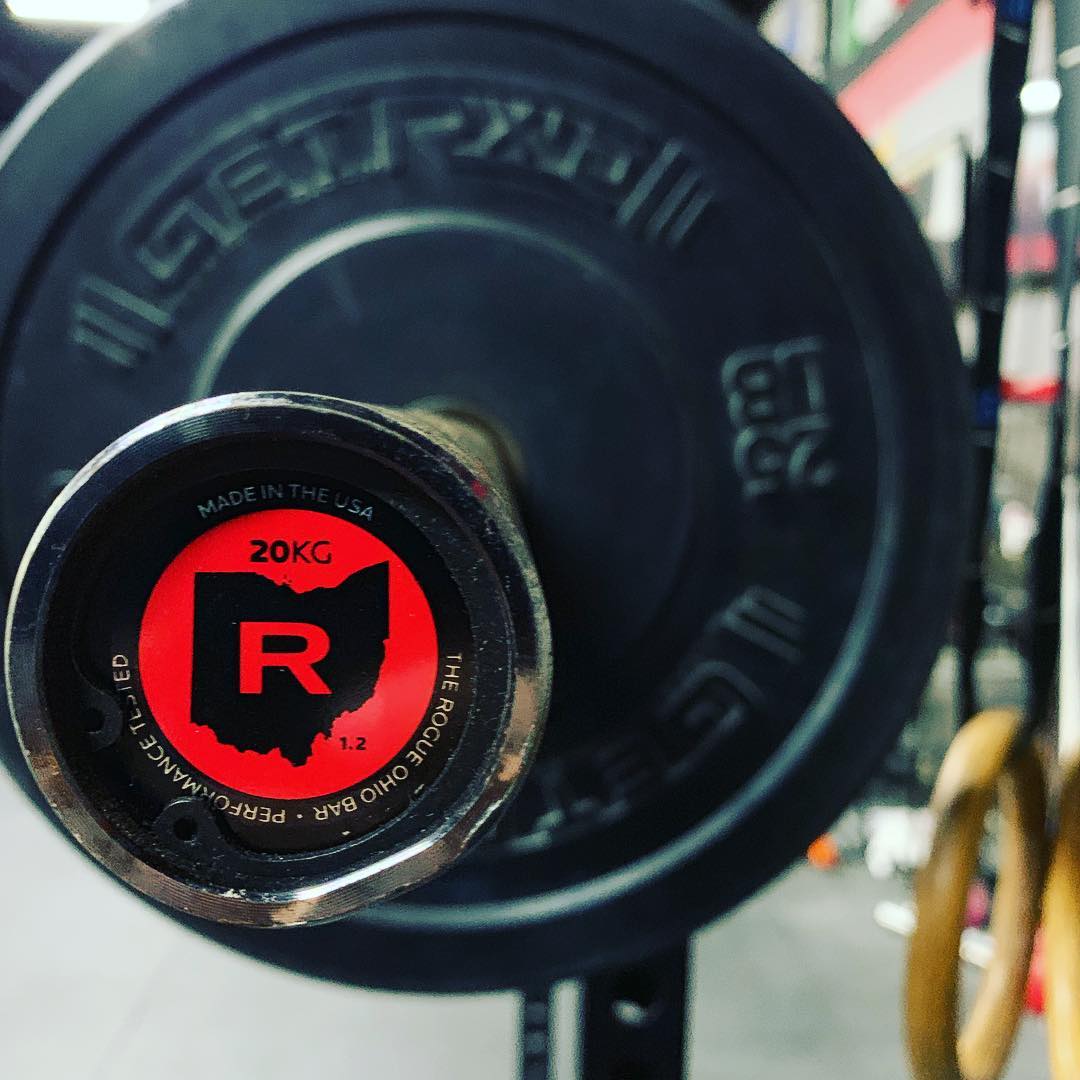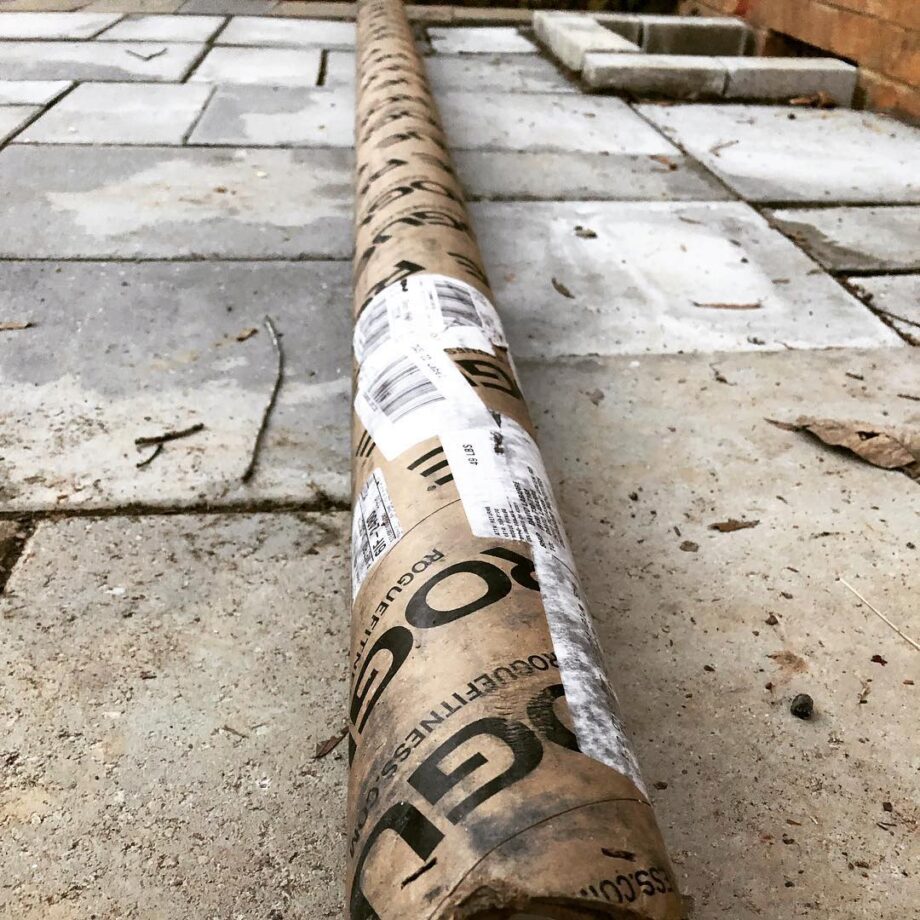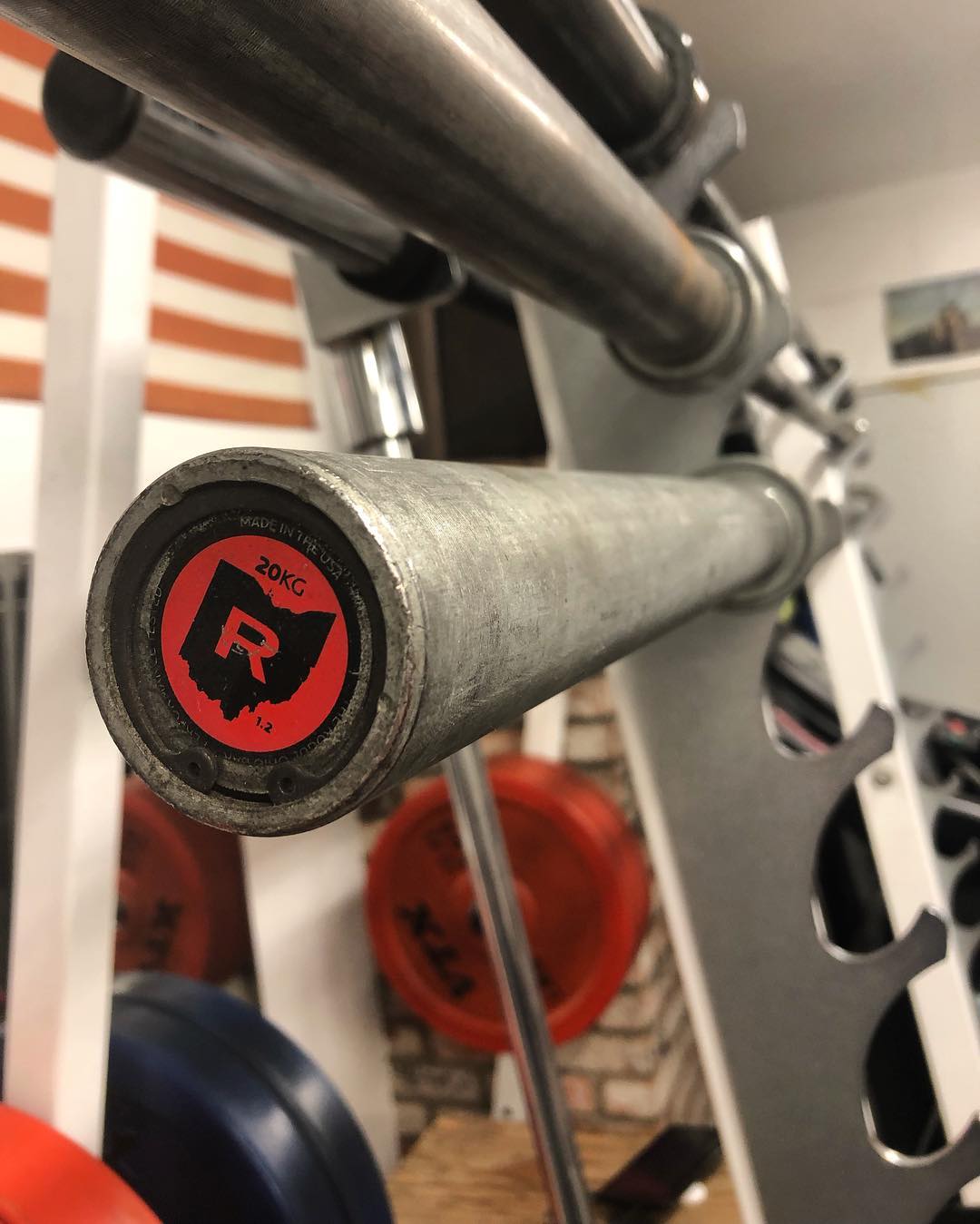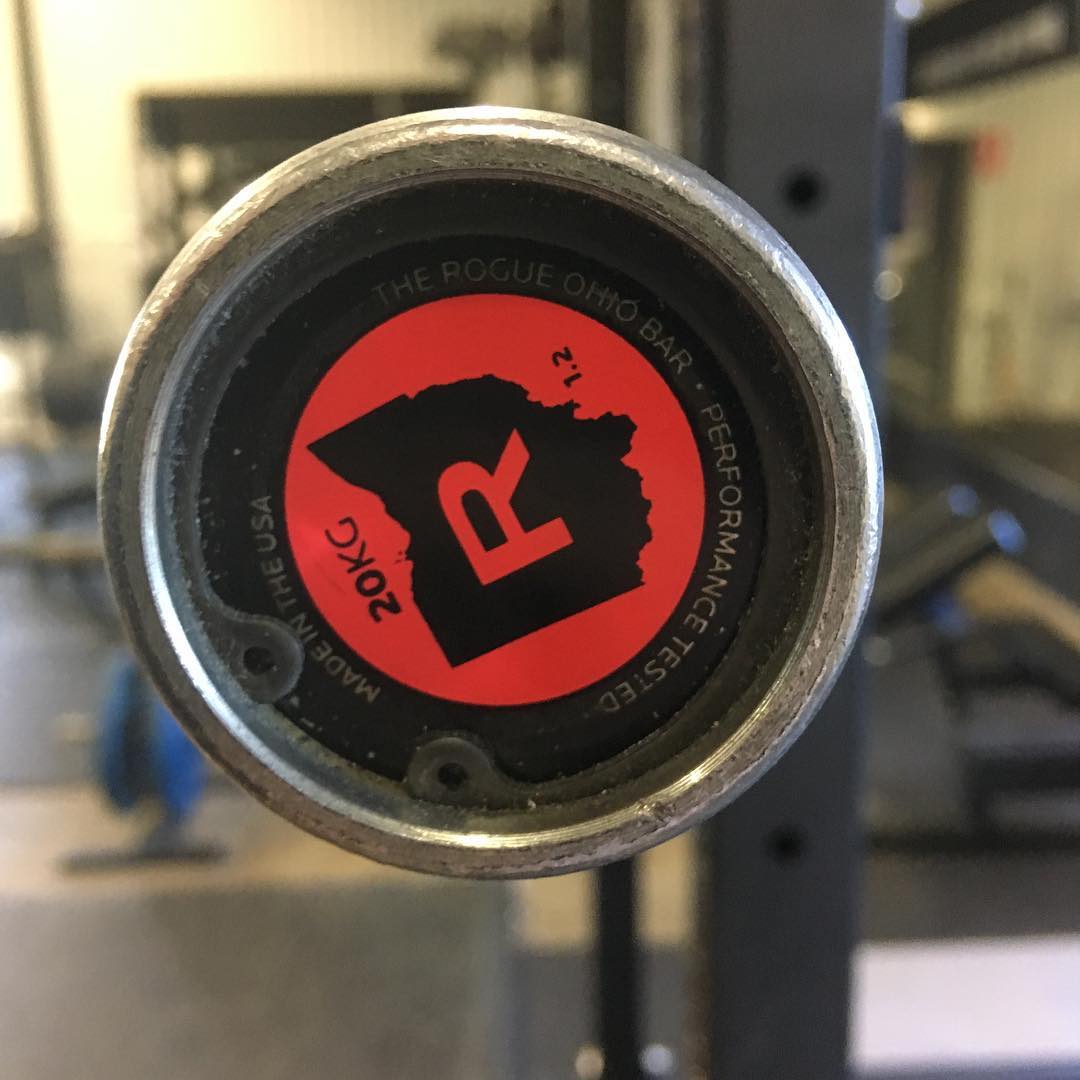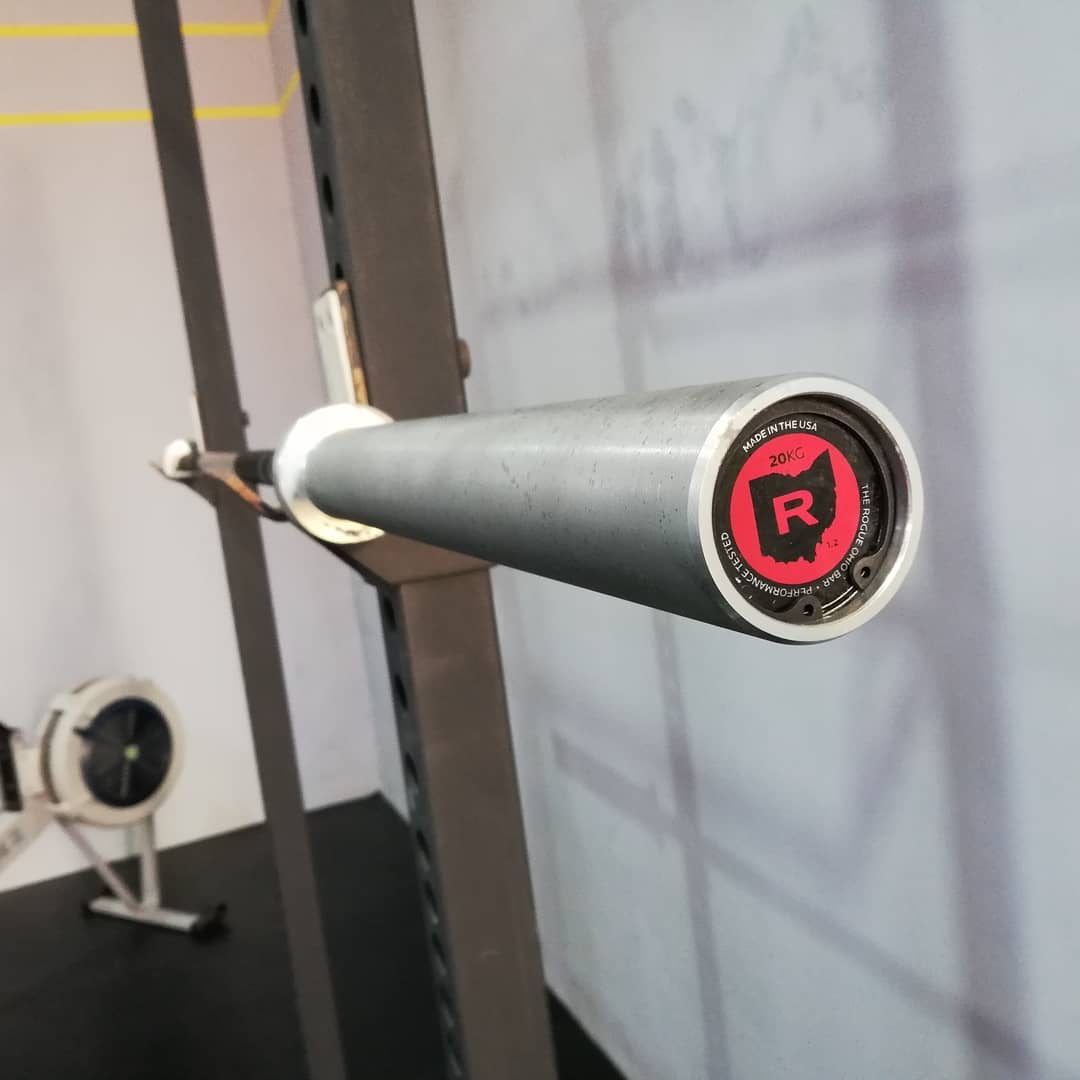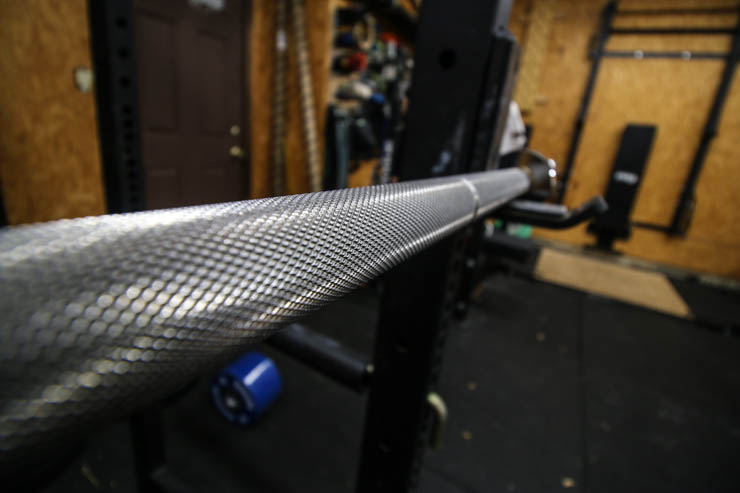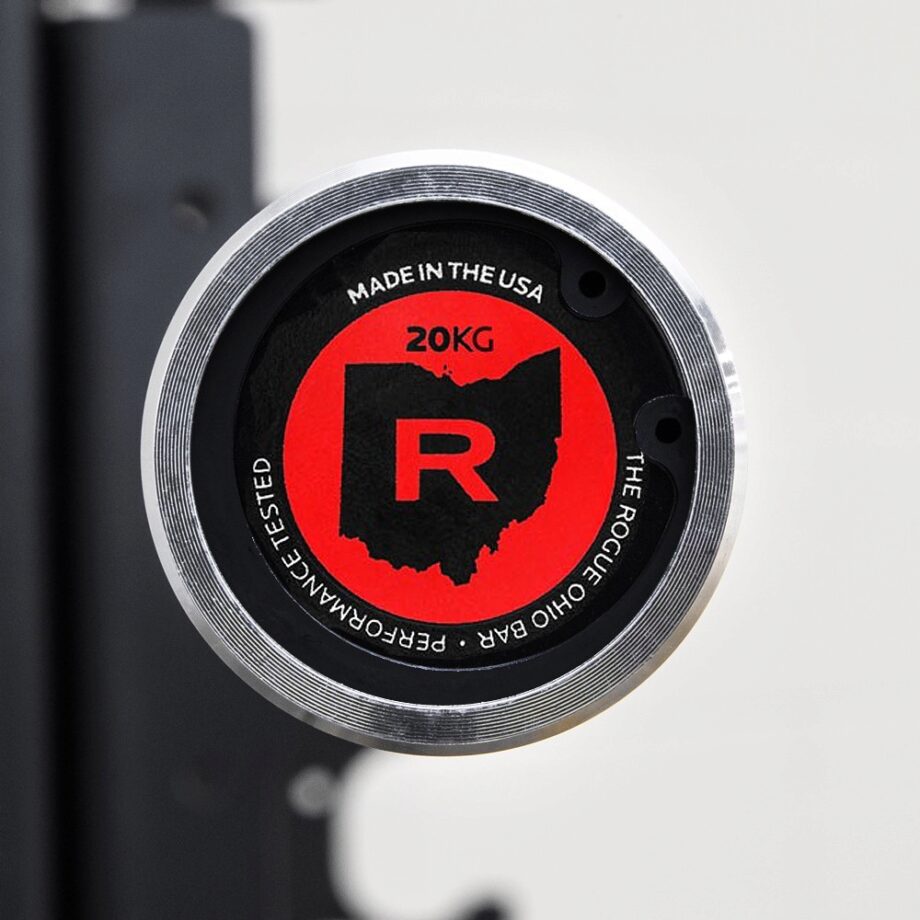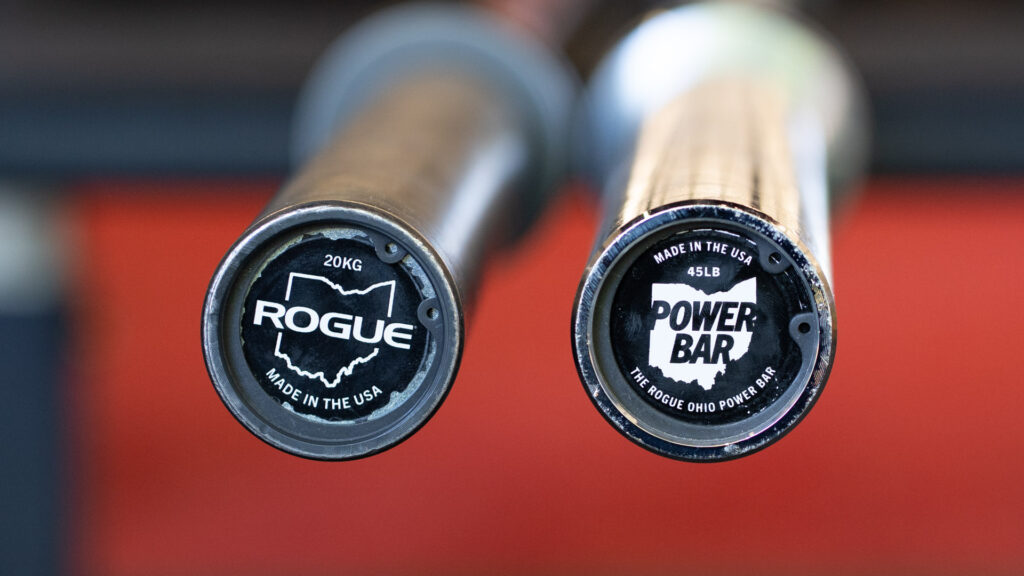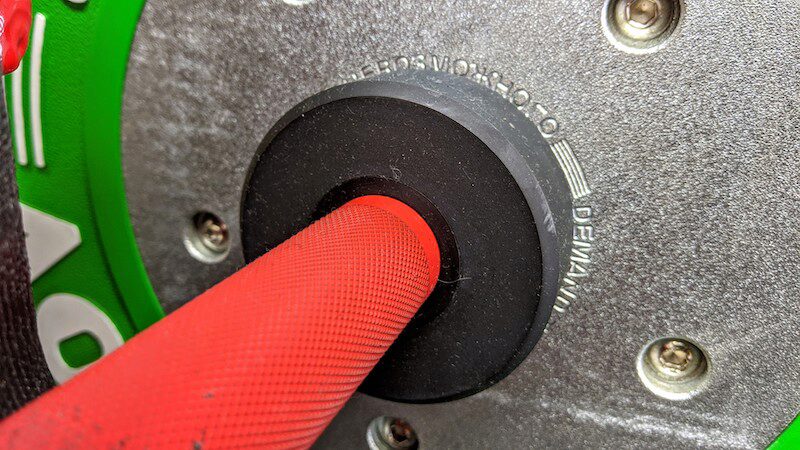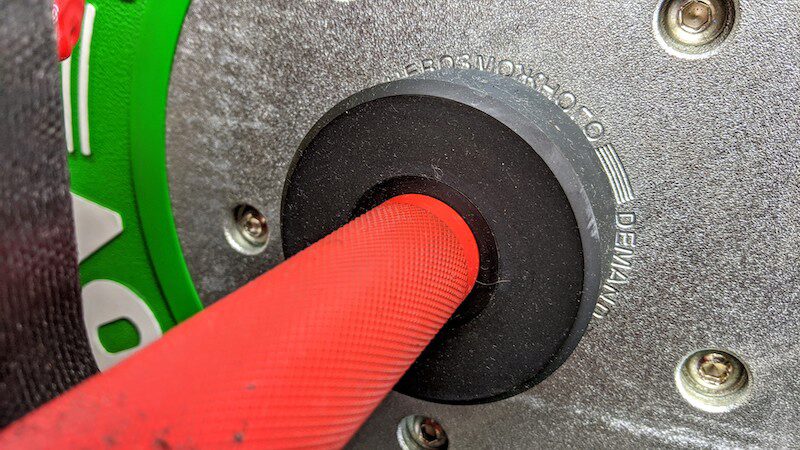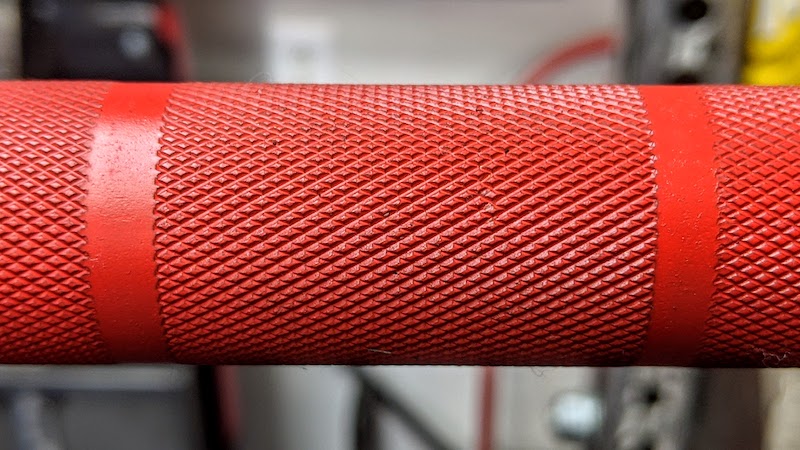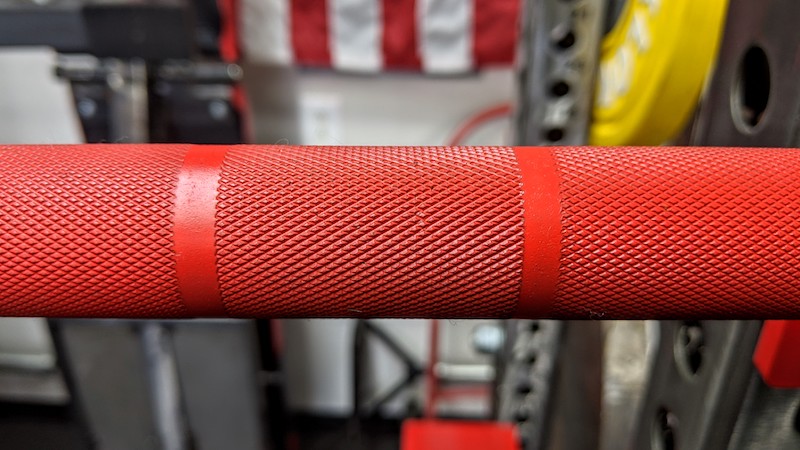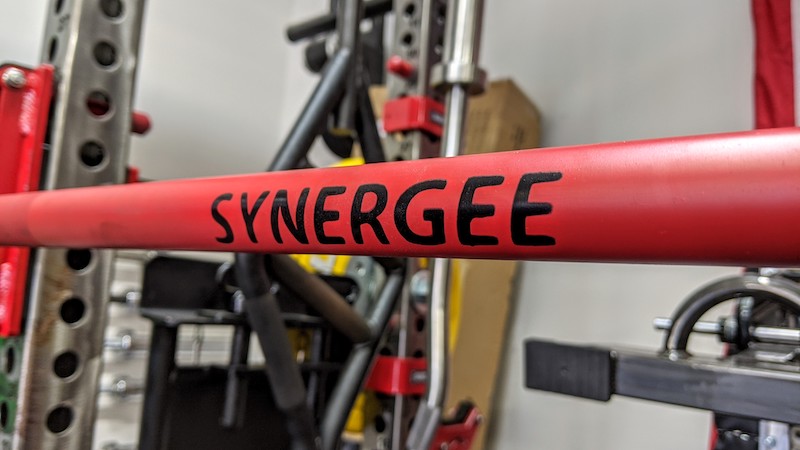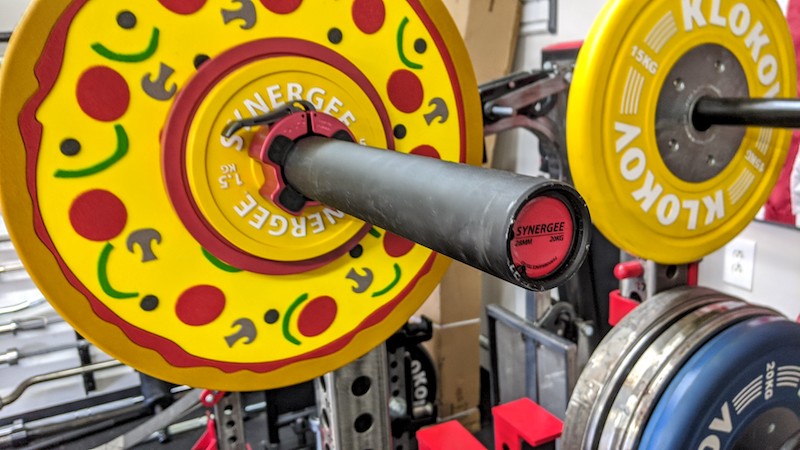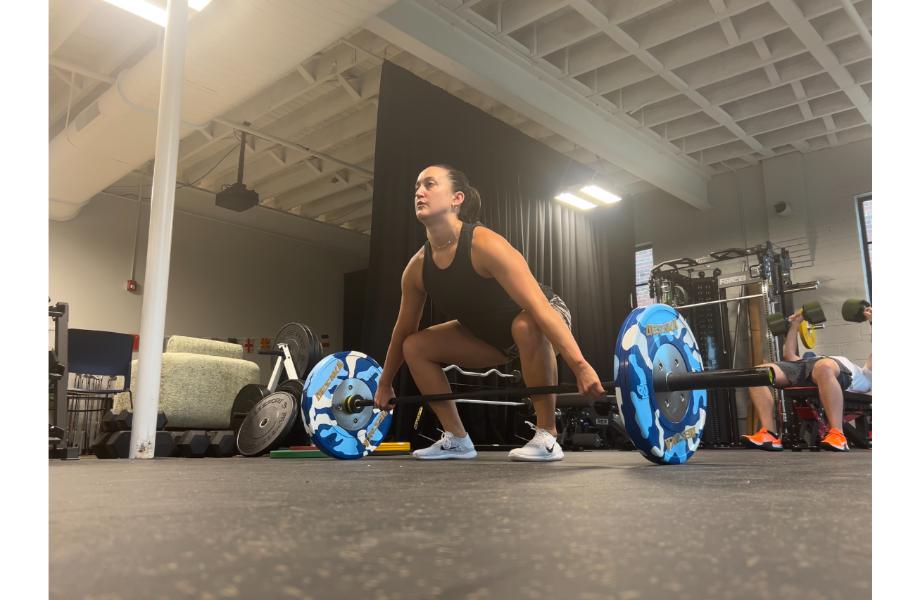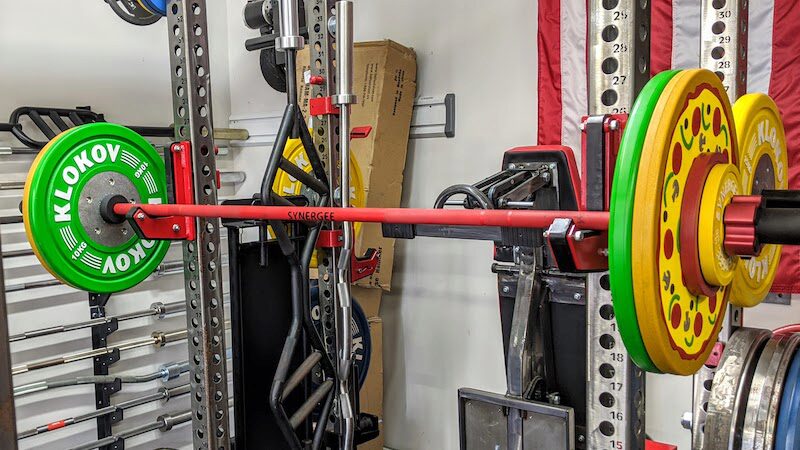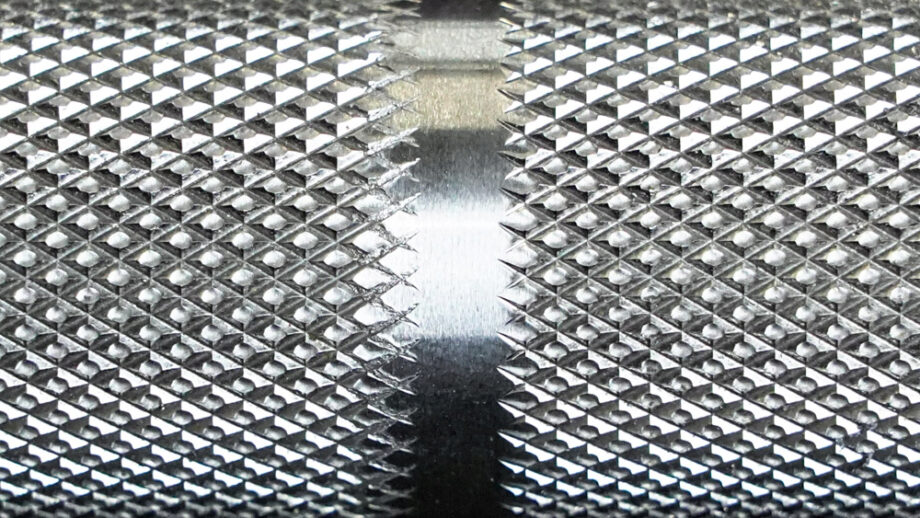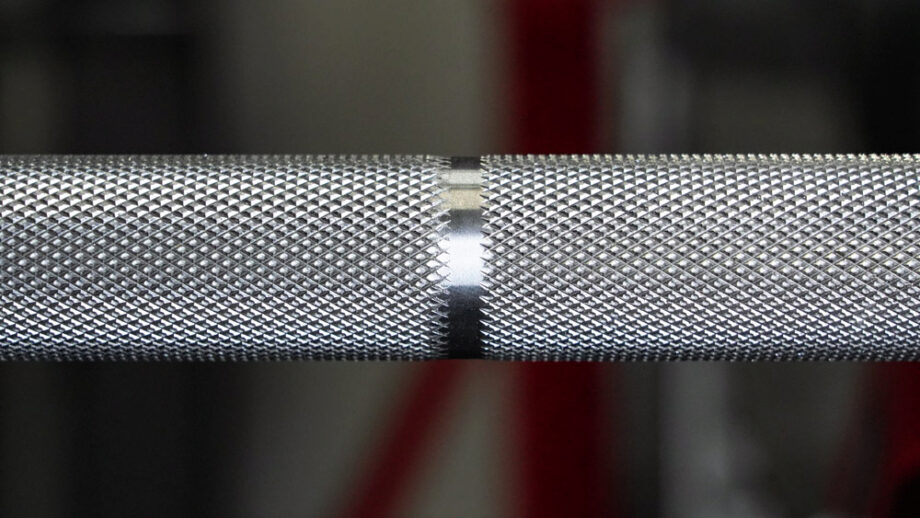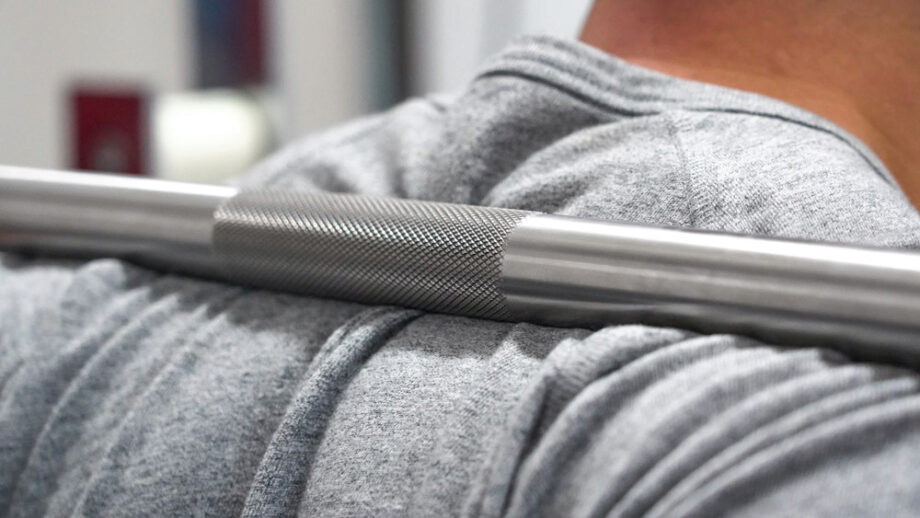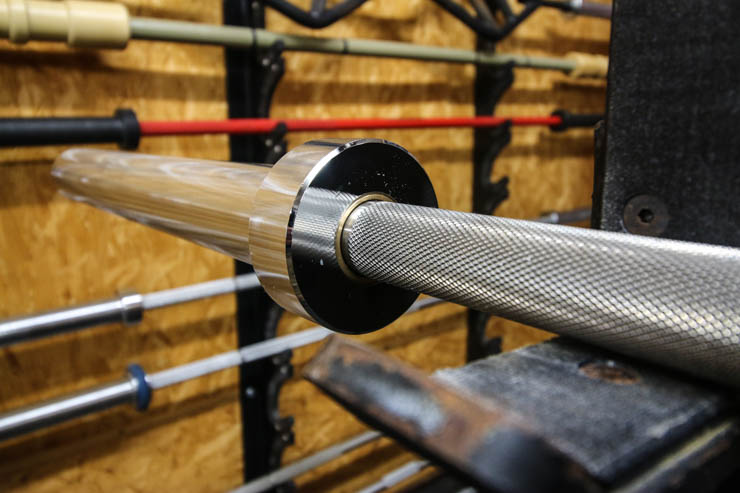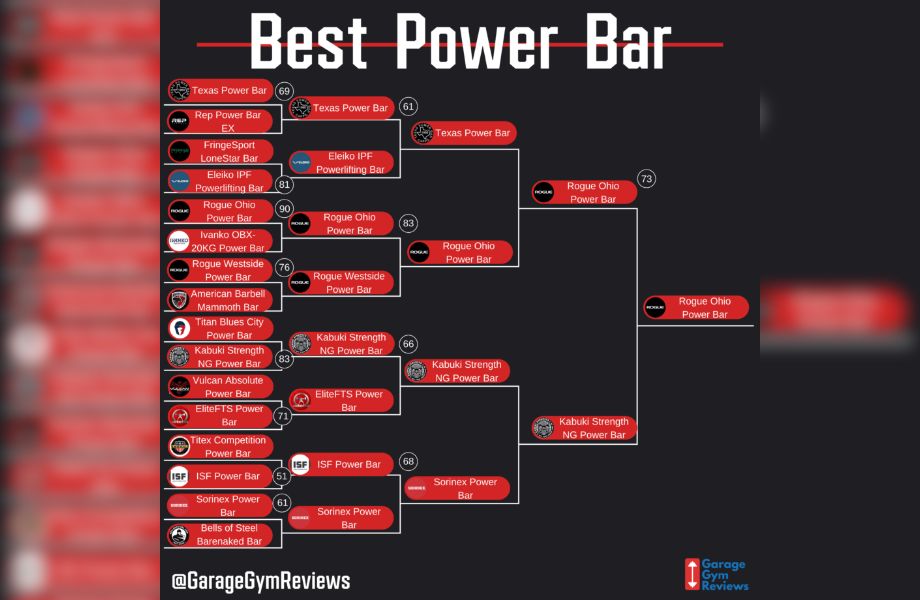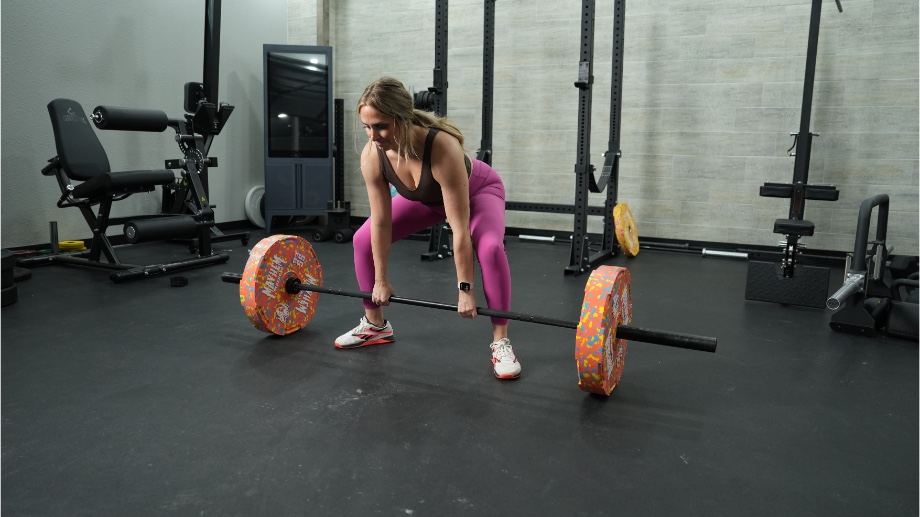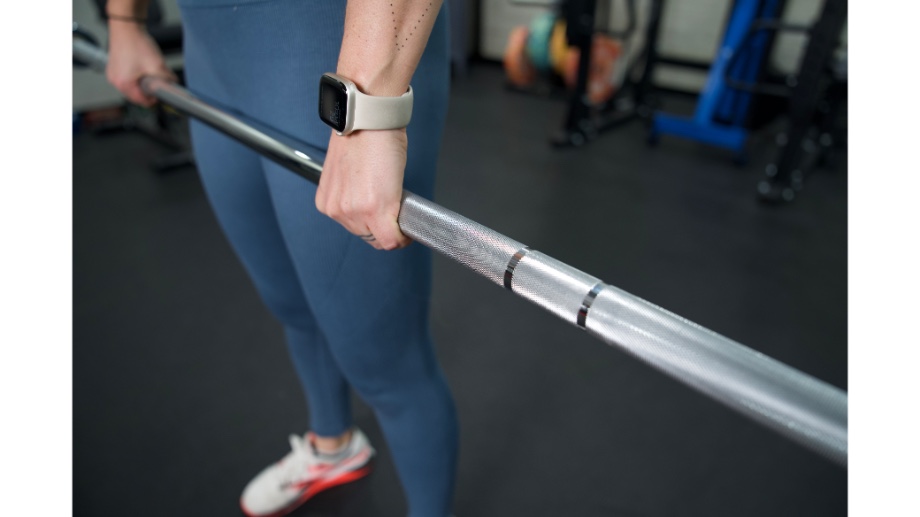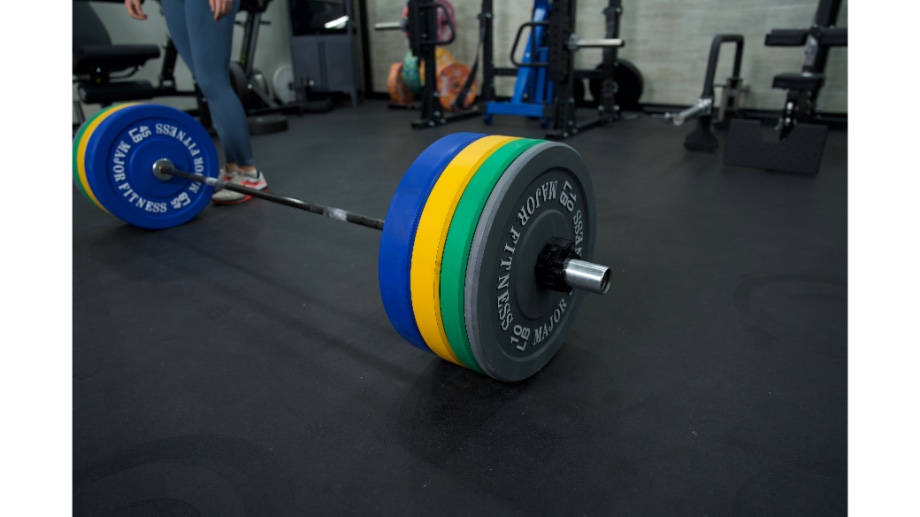We test and review fitness products based on an independent, multi-point methodology. If you use our links to purchase something, we may earn a commission. Read our disclosures.
When combined with the best weight plates, a barbell is the most versatile tool in any commercial or home gym. However, thanks to the exponential growth in both barbell training and home gyms, there are now hundreds of companies producing thousands of different barbells. This is both good and bad. It’s good because you have a plethora of options to choose from; it’s bad because it’s suddenly that much harder to decide what the best Olympic barbell is.
That’s where we come in. In this guide, we want to help you find the best Olympic bar for 2025. We have personally researched more than 150 bars and used close to 100. Our team of expert product testers includes elite-level weightlifters, competitive athletes, powerlifting enthusiasts, USA weightlifting coaches, and CrossFit L-1 trainers.
We use a multi-point testing methodology as we squat with the bars, deadlift them, snatch them, turn them into landmines, drop them, and load them with tons of weight to see how they perform. Additionally, we look at things like their value for the price, warranty, and customer service.
Barbells are at the top of my list of the best home gym equipment, and for a good reason: They are king. So, with these attributes defined, let’s dig into my picks for the top barbells.
The Best Olympic Barbells on the Market
- Best Barbell Overall: REP Fitness Colorado Bar
- Best Olympic Barbell For CrossFit: Fringe Sport Wonder Bar V2
- Best Hex Bar for the Money: Titan Fitness Hex Trap Bar
- Best Value Barbell for Weightlifting: Bells of Steel Olympic Weightlifting Barbell 2.0
- Best Safety Squat Bar: Titan Safety Squat Olympic Bar V2
- Best Olympic Barbell for Home Gyms: Rogue Ohio Bar
- Best Multipurpose Olympic Barbell: Synergee Games Cerakote Barbell
- Best Power Bar: Rogue Ohio Power Bar
- Best Barbell Under $300: Iron Bull Strength Cerakote Competition Barbell
- Best Budget Barbell: Major Fitness Home Gym Barbell
Best Olympic Barbell Video Review

Compare Side By Side
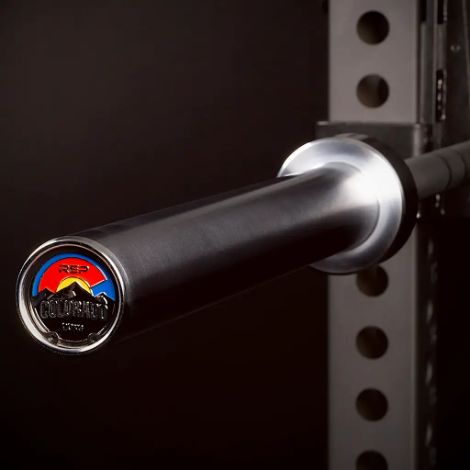 | 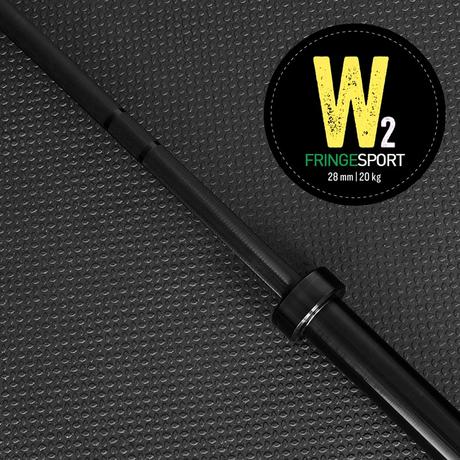 | 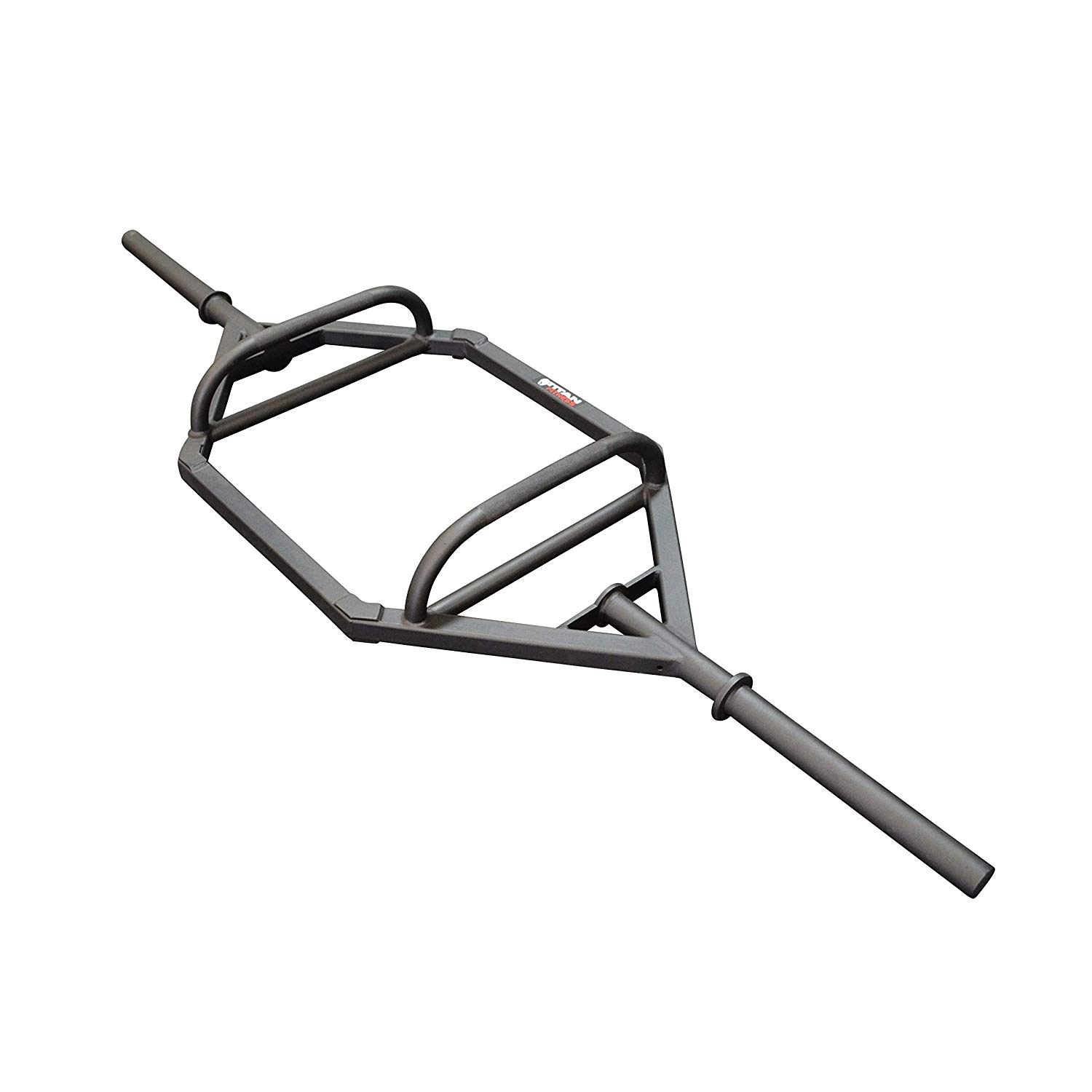 | 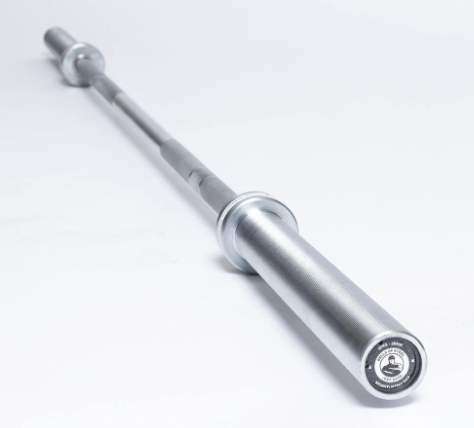 | 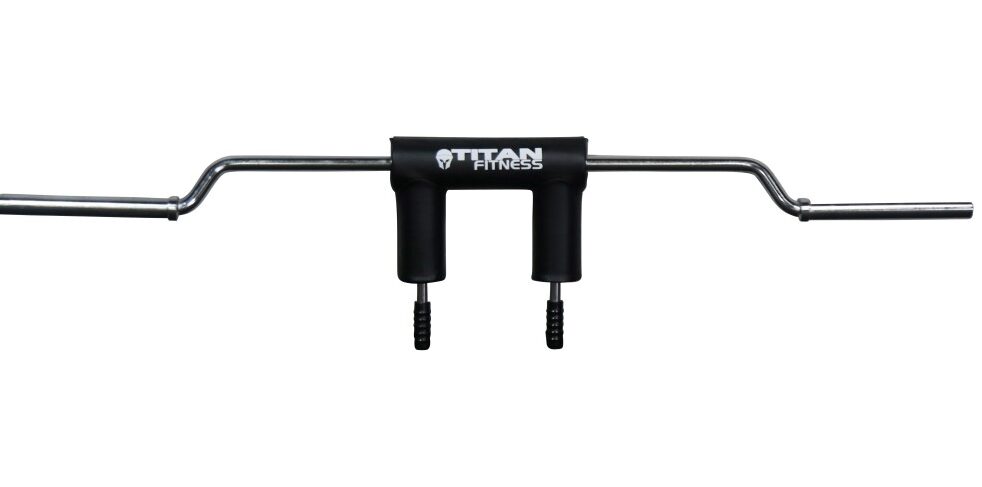 | 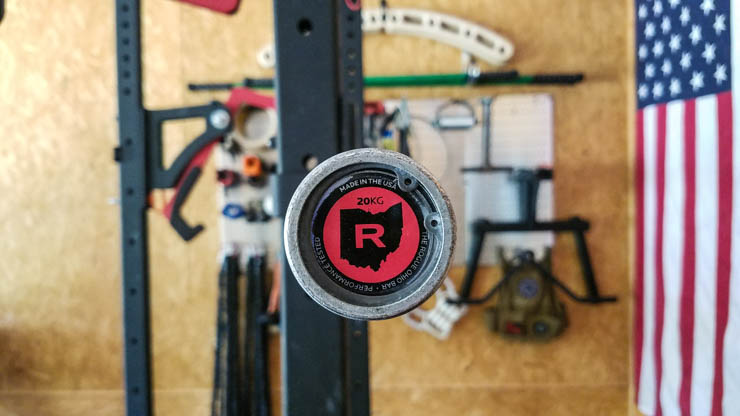 | 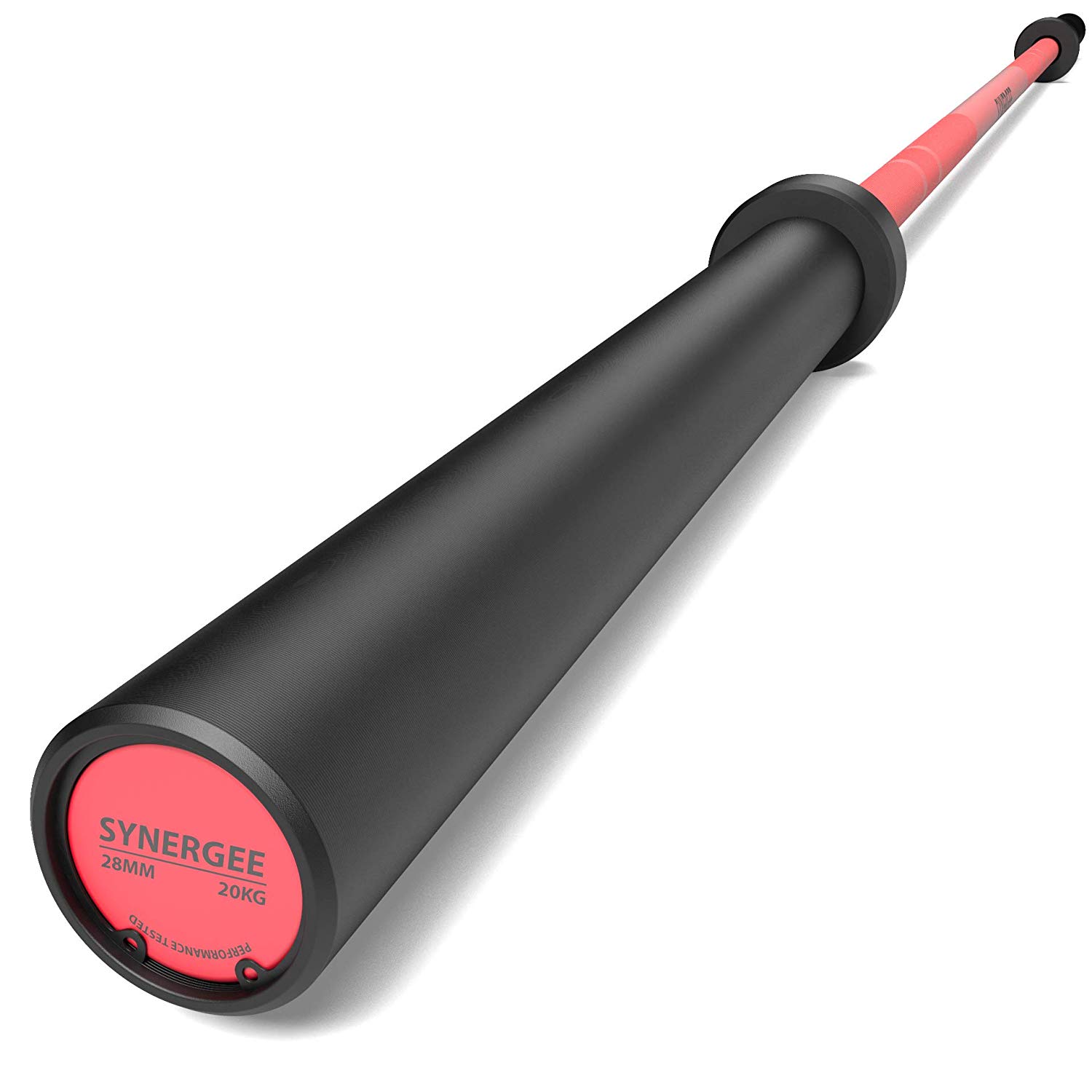 | 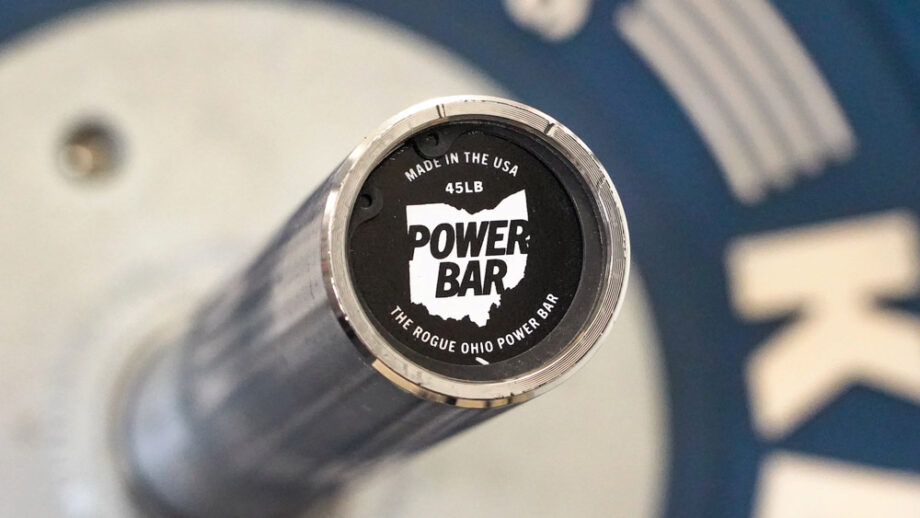 | 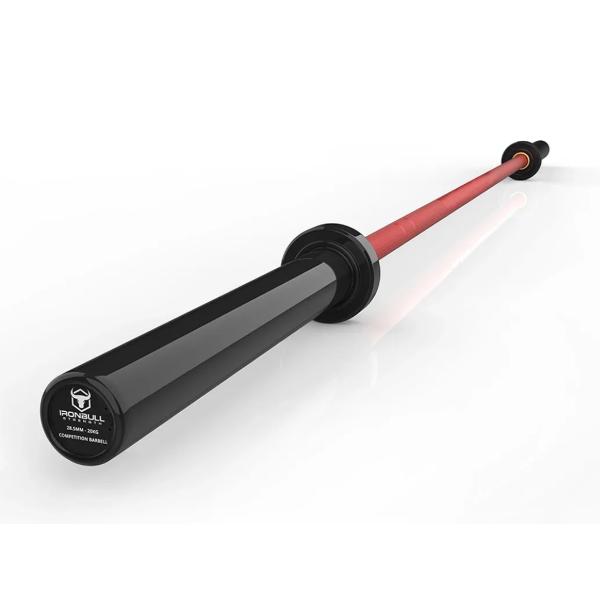 | 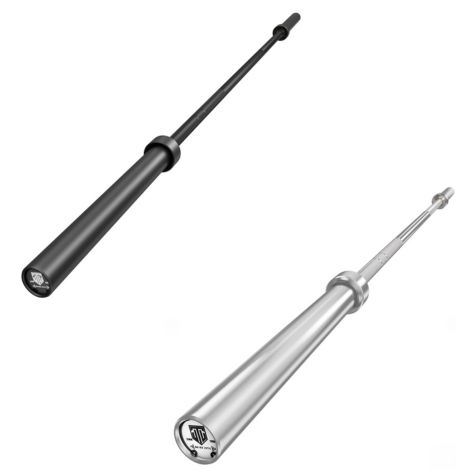 | |
| REP Colorado Bar | Fringe Wonder Bar | Titan Hex Bar | Bells of Steel Olympic Barbell | Titan Safety Squat Bar | Ohio Bar | Synergee Barbell | Rogue Ohio Power Bar | Iron Bull Barbell | Major Fitness Barbell | |
Rating Our expert product testers, who include certified personal trainers and coaches, use a multi-point testing methodology to determine average ratings out of 5 stars. | ||||||||||
| Durability | 190,000 PSI | 205,000 PSI | 800 lb weight capacity | 240,000 PSI | 1,500 lb weight capacity | 190,000 PSI | 190,000 PSI | 205,000 PSI | 200,000 PSI | 750 lb weight capacity |
| Spin | Composite Bushing | Bushing or Bearing | N/A | 4 Needle Bearings | N/A | Bushing | Needle Bearings | Bushing | 8 Needle Bearings | Bushing |
| Knurling | Medium Volcano with | Medium with Dual Knurl Marks | Medium Diamond with No Marks | Medium with Dual Knurl Markings | N/A | Medium Knurling with Dual Knurl Marks | Medium with Dual Knurl Marks | Aggressive Volcano Knurling with Powerlifting | Volcano with Dual Knurl Marks | Medium Diamond Knurling with Dual Knurl Marks |
| Finish | Hard Chrome, Cerakote | Black Zinc | Chrome | Hardened Chrome | Chrome | Black Zinc, Stainless Steel, Cerakote, E-Coat, Black Oxide | Cerakote | Stainless Steel, Black Zinc, Cerakote, E-Coat | Cerakote | Chrome, Black Oxide |
| Diameter | 28.5 mm | 28 mm | 25 mm | 28 mm | 43 mm grip diameter, 38 mm shaft diameter | 28.5 mm | 28 mm | 29 mm | 28.5 mm | 33 mm shaft, 50 mm sleeve |
| Warranty | Lifetime | Lifetime | 1 Year | Limited Lifetime | 1 year | Lifetime | Lifetime | Lifetime | Limited Lifetime | 1 year |
Best Barbell Overall: REP Fitness Colorado Bar
Good for: Anyone wanting a solid barbell with great value
The 20-kilogram Colorado Bar from REP Fitness is a durable, versatile Olympic barbell made for heavy powerlifting, Olympic weightlifting, and cycling weights in CrossFit workouts. The barbell has two knurl markings for IWF and IPF specs. The bar is available with a hard chrome finish or different-colored cerakote finishes with Duracoat on the sleeves. With composite bushings, the barbell provides decent spin and durability that helps dampen noise when dropping weights.
What our tester says:
“This bar is fantastic. From REP’s previous bars, this blows those away. This is now a true contender.”
Best Olympic Barbell For CrossFit: Fringe Sport Wonder Bar V2
Good for: Anyone who needs a high-value barbell with good knurling for CrossFit
The Fringe Sport Wonder Bar V2 is one of the best value general training/CrossFit barbells on the market that we’ve reviewed. This is a great barbell that will perform in any workouts for as long as you keep it.
Best Hex Bar for the Money: Titan Fitness Hex Trap Bar
Good for: The budget-minded deadlifter looking for a good trap bar.
If you’re on a budget and looking for a hex trap bar, this durable trap bar from Titan is hard to beat.
Best Value Barbell for Weightlifting: Bells of Steel Olympic Weightlifting Barbell 2.0
Good for: People looking for a high-quality, affordable bar for weightlifting
The Bells of Steel Olympic Weightlifting Barbell 2.0 is an affordably priced bar ideal for those who like to snatch, clean, and jerk. Needle bearings, high tensile strength, and dual markings are great for those who enjoy the Olympic lifts.
Best Safety Squat Bar: Titan Safety Squat Olympic Bar V2
Good for: An affordable, safe option for those needing this kind of specialty bar.
The Titan SSB V2, despite being imported and of slightly lower quality compared to competitors, was chosen as our Top Pick for the Best Safety Squat Bar for most people. And for good reason, its features for the price are outstanding. We love the EliteFTS SS Yoke, but this one gets you 95% of the way there for less than half the price. We have been blown away with just how good this bar is for the price. If you’re in the market, we don’t see a huge reason to spend more.
Best Barbell For Weightlifting: Rogue Ohio Bar
Good for: Anyone who wants to use a barbell for weightlifting.
The Rogue Ohio Bar is one of the most iconic barbells in the world. It’s been used at the CrossFit Games by some of the fittest athletes in the world and is just as well suited in your garage gym. The Ohio Bar is priced well despite its features and being made in the USA. Although we prefer the Rogue 2.0 Bar for its price, we don’t blame you if you decide to spring for the Ohio Bar, although we’d suggest getting the Stainless Steel or Cerakote version.
What our tester says:
“The Rogue Fitness Ohio Bar is one of the most popular barbells in the world, and for good reason. It is a high-quality barbell with high tensile strength, refined knurl, consistent spin, and comes in at a great price.”
Best Multipurpose Olympic Barbell: Synergee Games Cerakote Barbell
Good for: Good for: People who want a multipurpose barbell for less
If you want a nice-looking CrossFit barbell with weather-resistant Cerakote (more on that in a second) but don’t want to spend the money on something like a Rogue Ohio Bar, then go for the Synergee Games Cerakote Barbell.
What our tester says:
“I don’t have many complaints about these bars. I’ve used them for years. I love the grip, I love the spin, I love the movement.”
Best Power Bar: Rogue Ohio Power Bar
Good for: Powerlifters at any fitness level.
The Rogue Ohio Power Bar is the power bar we recommend most often. You cannot spend less and get a better bar. You can spend more, and depending on your preferences get something maybe better, but even then, it’s debatable.
What our tester says:
“If you do lots of squatting, deadlifting, and bench pressing, I think the Rogue Ohio Power Bar is one of the best investments you could ever make for your home gym.”
Best Barbell Under $300: Iron Bull Strength Cerakote Competition Barbell
Good for: Those who are looking for a versatile barbell at a budget-friendly price
This barbell can be used to train for weightlifting competitions, and the cerakote coating ensures it will last your entire lifting career.
Best Budget Barbell: Major Fitness Home Gym Barbell
Good for: An affordable barbell that doesn’t go cheap on the details
What our tester says:
“This is a great bar for cross-training. Based on our testing we felt like the knurling is passive enough and holds chalk well enough that it would provide a good fit for CrossFit-style training.”
Other Barbells We Have Tested
People on our team have tested lots, and I mean lots, of barbells over the years, with some of us even competing on national and international stages in weightlifting. While there are tons of barbell options and choices available, our list can’t have them all. Here are some other barbells worth mentioning, but didn’t quite break into our list.
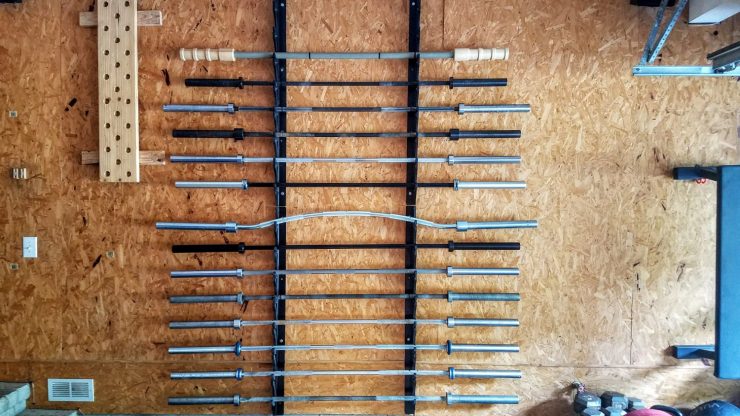
- Vulcan Strength Standard Bushing Barbell: Vulcan is producing some outstanding equipment, but the Standard Bushing barbell that we tested features a bright zinc finish that hasn’t fared too well against the elements. It spins decently and isn’t overpriced, but its lack of corrosion resistance kept it from being in our top picks.
- DMoose Regional Barbell: This barbell is pretty versatile, and very inexpensive. However, in our DMoose Regional Barbell review, we do note that it’s less suited for powerlifting and better for bodybuilding, general fitness, or even Olympic lifting.
- Texas Power Bar: The Texas Power Bar was, in our minds, the best barbell until Rogue came out with the Ohio Power Bar. If you want to learn the differences between the two, check out our comparison between the Rogue Ohio Power Bar vs. Texas Power Bar.
- REP Colorado Bar: This bar is REP’s flagship barbell, and it shows. Durable and made for versatility, this is a solid bar, but there are some versatile bars with just a bit more value.
- CAP Barbell “The Beast”: I think that this Cap bar is the best barbell on Amazon that’s under $150. It has medium knurling to it and the rotation system is the bushing. The finish is black oxide, which isn’t the highest quality, but it also does offer some protection against corrosion. Sure, it has some dings and a little surface rust, but that’s to be expected at this price range.
- PRx Men’s Olympic Elite Bar: We used this bar for Olympic lifts, power lifts, and CrossFit, and we felt it performed well. However, the powder coat on the sleeves scratches very easily. For $300, this bar just doesn’t match up to other similarly priced barbells.
- Fringe Sport Bomba Barbell: Although Fringe Sport’s lower-priced barbell made it into our top picks, the Bomba Barbell has similar features but with a higher price tag. It’s a great bar, just not worth the extra cost in our opinion.
- Fringe Sport CeraColt Cerakote Olympic Barbell: A great bar at a great price, but still more expensive than our other picks.
- Rogue B&R Bar 2.0: The B&R 2.0 Bar from Rogue Fitness came very close to being in our top picks, but due to the slightly thicker shaft, cost, and more of a powerlifting focus, it did not make it. That said, if you don’t really desire whip, enjoy a thicker barbell, and don’t mind providing extra maintenance to a raw steel bar, then the B&R 2.0 is a great choice.
- Rogue Chan Bar: The Chan Bar by Rogue Fitness was another bar that barely made it off the list of our top picks. Featuring some innovative ideas like a light center knurl and an increased distance between the outer knurling, the Chan Bar is pretty unique. Unfortunately, Rogue no longer offers the bar in different finishes and charges extra for nothing that really costs them extra; the Chan Bar will have to remain an honorable mention (we still love you, Matt!)
- Synergee Regional Olympic Bar: The Synergee Games Bar has a cerakote finish, and that’s the only real difference between the two. The Regional Bar comes with a 190,000 PSI tensile strength as well as needle bearings, which make the bar spin really fast.
- Eleiko IWF Weightlifting Training Bar: The only problem with this premium weightlifting bar is its price. If you’re OK with dropping about $1,000 on an Olympic lifting barbell, then this is a superb barbell.
How We Picked and Tested the Barbells
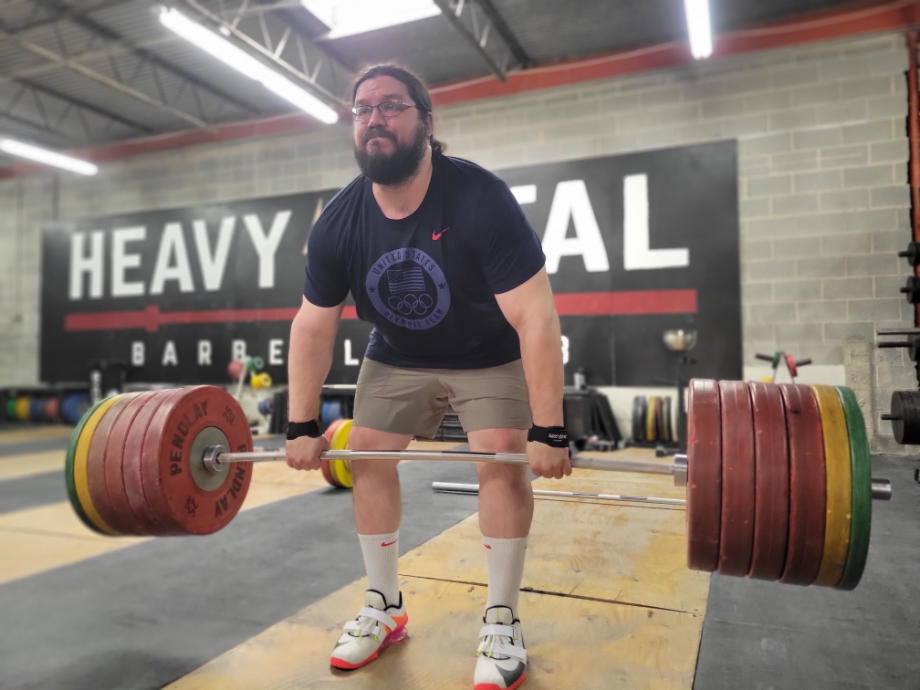
To compile our list for the best Olympic barbells for 2025, we researched all of the major manufacturers as well as reaching out to industry experts and various forums such as r/homegym (quick plug: I’m a mod of this subreddit, so I suggest you subscribe).
In addition to this, we went to Garage Gym Reviews HQ to rank and test what we have on hand (around 20 bars currently). After researching around 55 barbells worth your time and money, we narrowed it down to our top picks, all of which we acquired to test out in the house.
There is an overwhelmingly large amount of barbells available for purchase today. Due to the various specializations of training, each category will have barbells that hit every price point from $100 all the way up to $1,000 plus.
Due to this, we stuck mainly to barbells that were more situated toward general training. If you want to use these bars for powerlifting, they’re stiff enough to do so. If you want to use many of these for Olympic weightlifting or add them to your CrossFit equipment, go for it. The spin, knurl, and whip will work for the movements within those sports.

Most of the bars we picked to test could all be considered great for general-purpose training and at prices worth considering and to be included in some of the best home gyms. Ultimately, after some deliberation, we narrowed down our specifications to the following list of features ordered in no particular order.
- Overall Construction: Although the barbells we recommend are not the most expensive you can find, they need to be constructed well to provide a reliable experience over its lifetime. A barbell should last a LONG time; attention to detail provided by the manufacturer will aid in reliability and consistency.
- Tensile Strength of Steel: The tensile strength of the steel used should be a minimum of 130K PSI and preferably much higher (around 190K). A barbell with 130K PSI should only be used if you don’t plan on using over 500 lbs on the bar. This is much higher than the average lifted by most people.
- Knurling: The knurling should be consistent and not overly aggressive. A medium knurl will grip well when chalk is used. A center knurl, although great for powerlifting, is not needed for the majority of people. The reason is due to how it will rough up the neck and chin area of the body when used for power cleans and front squats.
- Spin: The rotation system should be a bushing system due to cost and for use on lifts like the squat and bench where excess spin isn’t always desired. The spin should be consistent and slow to a stop, not an abrupt halt.
- Finish: The barbell should have some sort of finish to prevent against oxidation such as surface rust.
- Price: The price should be in accordance with the features offered. Value is more important than a low sticker price, and what we’ve found is that for general purpose barbells, there isn’t a reason to spend over $400 on a barbell. If you want a specialized Olympic weightlifting barbell or powerlifting barbell, then spending above $400 may provide a better value, but not for the general purpose category.
- Warranty: A lifetime warranty has come to be the standard offered by barbell manufacturers. The company servicing the warranty must be considered, however; a lifetime warranty is of little use if the company offering it is no longer around to service it.
During testing, we performed all of the major barbell movements including squat, deadlift, bench, overhead press, clean and jerk, and snatch. We blind tested the feel of the knurling, observed the spin of the sleeves using a 25 lb bumper plate, weighed and measured the diameter of the shafts for accuracy, and tested the oxidation of the bars over 3 weeks while left in an often opened garage in the midwest. Finally, we asked for the opinion of others on what barbell they view to be the best value for the majority of trainees.
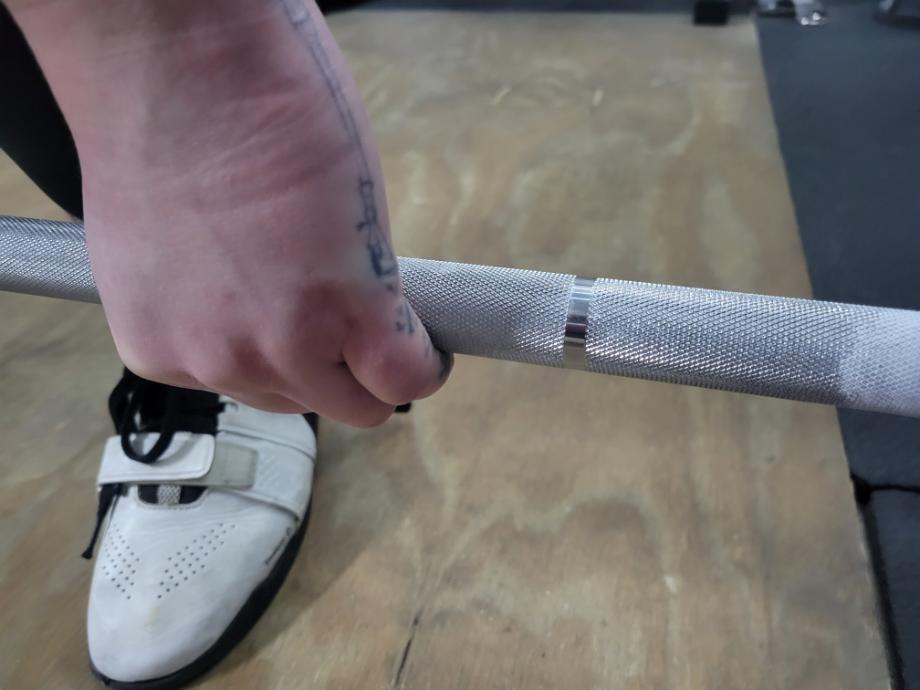
Benefits of Barbell Lifting
First of all, lifting with a barbell makes you look totally badass. There’s nothing like throwing some bumper plates on a bar and pushing it overhead. It’s such a Hulk-ed out feeling.
RELATED: Barbells vs Dumbbells
Superhero fantasies aside, however, there are actual, tangible benefits to putting a barbell into your training:
Build Muscle
According to a 2012 review1, inactivity can result in a 3% to 8% loss muscle mass per decade. However, resistance training for 10 weeks can add 1.4 kilograms of lean mass, while losing 1.8 kilograms of body fat.
It goes without saying that lifting weights builds muscle. Working out with a standard barbell a few times a week can target several types of muscle gains, like muscle endurance, muscle size, and muscle power. It just depends on what type of workouts you do.
If you want to develop and grow muscle, then the barbell is king. You can hit just about every muscle group with compound movements: squats, deadlifts, presses. Unlike machines in a commercial gym, which often isolate just one muscle group, the barbell can be used to hit many at once.
Protect Bones and Joints
When you build muscle, you protect your bones and joints. Muscles give you a stronger body that is less likely to fall, and less susceptible to damage. Not only that, but according to a review from Aging Clinical and Experimental Research2, weight training is best for your bones and can improve bone mass and density, actually decreasing your risk of bone loss.
Pride
Lifting a barbell over your head with huge plates on the chrome sleeves just looks awesome. But also, it’s motivating to literally see yourself get stronger as you are able to load more weight (over time and with good form) on the barbell.
Accessible and Affordable Equipment
Relative to other strength training tools, like large machines, a barbell is pretty accessible. It, and the plates that go with it, don’t take up too much space. I have people on my team who live in apartments and they still have a barbell, portable squat rack, and Olympic plates.
Also, and again relative to the equipment you’d see in a gym, a barbell is fairly affordable. Many of the ones on this list are priced under $400. You can essentially get a bar, some plates, and a rack for under $1,000, and that’s just about all you need to get a full-body workout.
Versatile Training Options
Barbells are much more than simply strength training. You can use a barbell for:
- Building explosive strength in Olympic movements
- Building power through lifts like squats and deadlifts
- Building endurance in volume training
- Building capacity in HIIT workouts
You can also use your barbell to roll out sore muscles. I’ve done it. It hurts. But it hurts so well.
Quick Barbell Training Resources
Once you’ve found the best Olympic barbell for your home gym, what’s next? Our team of experts at GGR have done the heavy lifting for you with this handy guide:
Safety First
Exercise Form Guide
Beginner Workout
Full-Body Workout Split
What To Look For in a Barbell
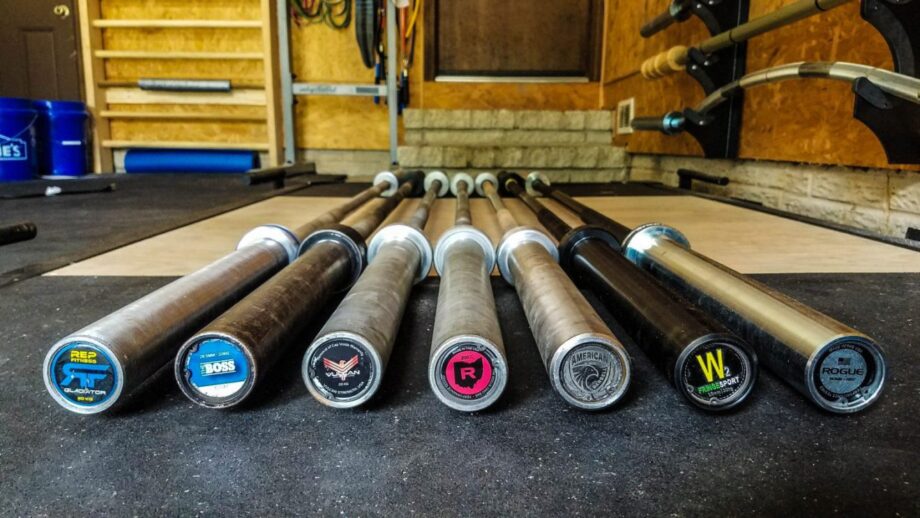
There are five physical characteristics of an Olympic barbell that will cause distinctions between the wide array of bars available today. Those are:
- Steel
- Knurling
- Spin
- Whip
- Finish
Steel
The steel is the most important part of the bar and is more than just looks; it is the essence of the barbell. To determine the quality of steel used, two of the most telling specifications are the tensile strength and yield strength.
Do not listen to anyone who tries to tell you that a bar is 1,000-pound tested or 1,500-pound tested. This is a made-up fantasy designed to take advantage of buyers’ limited amount of knowledge and is more often than not seen on very cheap bars.
Companies assess the tensile and yield strength of the barbell steel through static and dynamic testing. To give a simple example, a static test would load an enormous amount of weight (upwards of a ton) on each side of the bar and then slowly take the weight off to see if the bar returns back to being straight.
A dynamic test is much more telling and involves tracking how the bar bends when dropped with a certain amount of weight. There is much more variance in this sort of test than the static test between manufacturers.
All that being said, every bar will bend if handled improperly. I don’t care if you’re using a $1,000 Eleiko, if you drop it on a pin with 400 pounds, it’s going to bend.
The general rule of thumb is that a high-quality barbell has a tensile strength upward of 180,000 PSI (pounds per square inch) or higher. You can certainly get by with less, but the best durability in the business will be around there. When it comes to yield strength, most companies don’t list a number (this is how much the bar can be loaded with before it can bend). You can use the tensile strength number as a good idea of weight capacity.
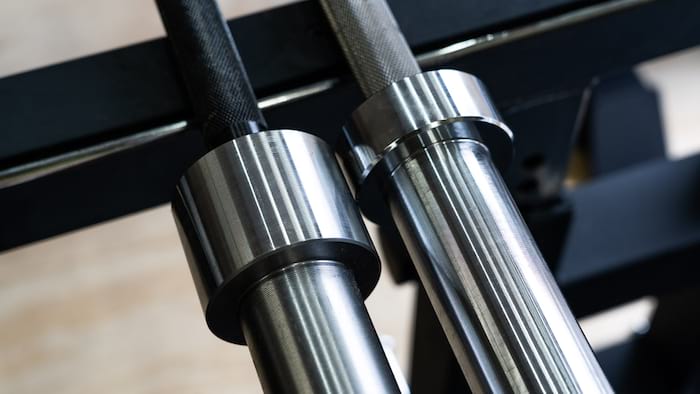
Knurling
The next characteristic of a bar is knurling. Knurling is what allows your hands to grip the bar, especially when combined with chalk. For most people, medium knurling is best due to it being sticky enough to grip, yet smooth enough for comfort. Although there are great bars with more aggressive knurling, for the majority of training purposes, it’s less than desired.
RELATED: Best CrossFit Grips
If you have yet to experience what a volcano knurl feels like, you’re missing out. The reason a volcano knurl is superior (in our opinion, again, the feel of knurling is subjective) to the traditional “peaky mountain” knurling that dominated the industry for so long is that it gives you more contact surface area with the epidermal layering of your hands or with the various fibers on the back of your favorite squat shirt.
Essentially, because there are more peaks to grip your hand (four times as many as would be if the tops of the peaks weren’t chopped off) you don’t need as “sharp” of a knurl. This leads to a greater grip and less ripped calluses and blood on the platform. This is why we feel, for a power bar, this is the best type of knurling. In the CrossFit world, if you’re doing a lot of reps and you go from moving the barbell to doing something on a pull-up bar, your hands are experiencing a lot of friction. Because of this, a barbell with a light knurling pattern would most often be the best for CrossFit to prevent immature rips of the hands.
Also, consider where the knurling is. Powerlifting bars come with center knurling so you feel the bar better as it rests on your back. However, center knurling can annoy and bother people who are using the bar for more of a general-purpose.
Lastly, there are often notches in the knurling. These are either IWF or IPF markings for competition reasons (though I just use them so I know where to put my hands when I snatch).
Spin
The spin is determined by the rotation system used in the barbell. There are two main types of rotation systems used in barbells today – a bushing system or a needle-bearing system. Bearings will spin quicker overall, but they also cost more and will likely not stand up to abuse as well as bushings.
For this reason, we recommend most people purchase a barbell with a bushing system that either uses brass or nylon bushings. A bushing rotation system will provide a smooth and consistent spin that will require little maintenance and should last for many decades.
Whip
Whip is determined by the load on the bar, the materials used, the method of steel processing and the diameter of the shaft. For most people, some whip is desired for the occasional Olympic lifts, but overall the bar should be relatively stiff. And even on those Olympic lifts, if you aren’t lifting really heavy weights, odds are you won’t feel the whip anyway. Due to this, the bars we recommend are going to be made of carbon steels and not molybdenum alloys.
Finish
Finally, the finish of the bar comes down to personal preference and the environment it will be used in. Although a bare steel bar is generally regarded as the best ‘feeling’ barbell, it will oxidize quicker than if a finish was applied. For the price range we recommend, more often than not, the bar will feature a black oxide as it is middle of the road in terms of oxidation and is cheaper to apply than hard chrome.
RELATED: Best Olympic Barbell Collars
How to Take Care of a Barbell
While a barbell can be a relatively low-maintenance piece of gym equipment, it still needs some love in order to stay in good condition (i.e. looking and performing the way you want it to).
RELATED: How To Clean a Barbell
Whenever you use chalk, BRUSH the chalk off. Don’t use a wet cloth, because that will just ingrain the chalk into the knurling even more. Use a brush and move in a circular motion around the bar until the chalk is off. The Hybrid Athletics steel barbell brush is one of the best around. Eleiko makes a great brush, but you can’t buy it separately. In order to get it, you have to buy an Eleiko barbell. Go figure.
On a much less regular basis, you should oil your barbell. After you brush off the bar, use a 3-in-1 oil or WD-40 to lightly coat the bar. Then, use your brush to lightly brush the oil into the bar. That’s it. There is no need to wipe off the oil, you can simply let it dry.
The type of finish on your barbell determines how often you should oil it. A bare steel bar may need oiling every few months. A higher-grade finish, like stainless steel, may do well with getting oiled just twice a year.
Best Olympic Barbells: FAQs
What does tensile strength mean in barbells?
In short, tensile strength refers to how much weight you can load onto a barbell before the steel suffers a permanent deformation. The higher the tensile strength (measured in pounds per square inch, or PSI), the more a barbell can withstand. If you don’t lift heavyweight, you can get by with a barbell that has 100-130K PSI. But if you lift heavy, you really want something in the 190K+ range.
Does whip matter in a barbell?
This really just depends on how you plan to use your barbell. If you’re a recreational lifter who just likes to squat and press with light to moderate weight once in a while, then the whip of the bar doesn’t really matter.
However, if you are serious about your lifting, you may want to consider the whip. I will say that you won’t really feel the whip of the bar unless you can lift heavy weights.
What is a good Olympic barbell?
Generally speaking, a good barbell is one that meets your needs in terms of tensile strength, knurling, whip, and spin. For most people, I like the Rogue Ohio Bar the best for a 20kg option and the Rogue Bella Bar for a 15kg option.
What is a good price for an Olympic barbell?
Most of us shouldn’t have to pay more than $400 for a barbell. The Rogue options I like are between $200-$300, just depending on the type of finish you want. There are very few barbells I would recommend that are less than $150, simply because at that point, you start sacrificing the quality of steel, bearings, and construction.
References
- Westcott W. L. (2012). Resistance training is medicine: effects of strength training on health. Current sports medicine reports, 11(4), 209–216. https://doi.org/10.1249/JSR.0b013e31825dabb8
- Suominen H. (2006). Muscle training for bone strength. Aging clinical and experimental research, 18(2), 85–93. https://doi.org/10.1007/BF03327422
Further reading

Reebok releases their latest CrossFit shoe, the Reebok Nano 7.0. Read more

Unsure of what type of treadmill would be best for you? Dive in with us as we put the slat treadmill vs belt treadmill to explore your options. Read more

Looking to start a career in strength and conditioning? Better get certified. Here are our picks for the best strength and conditioning certifications. Read more

Read our guide to creatine vs pre-workout to find out which supplement you should buy—or if you should take both. Read more

